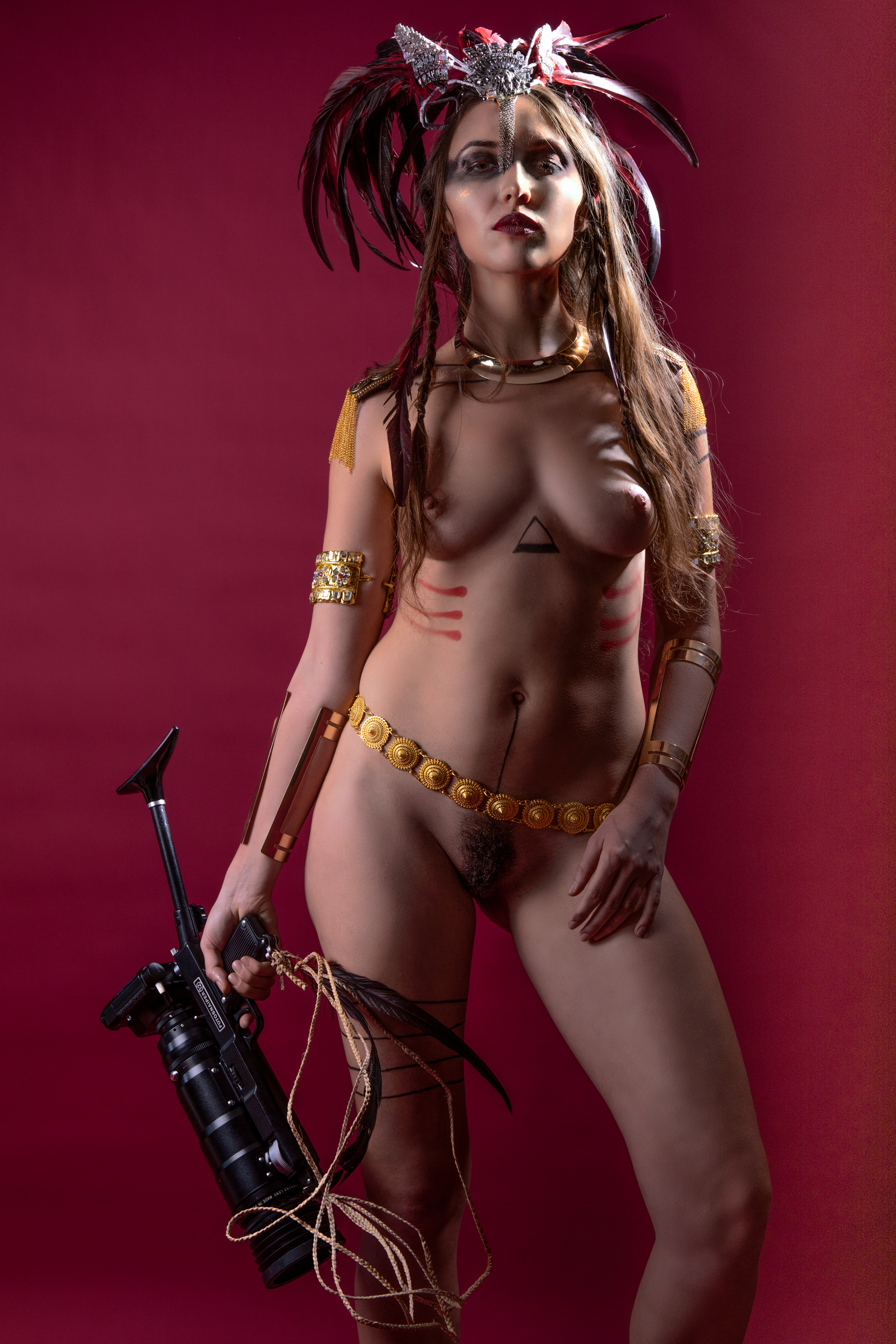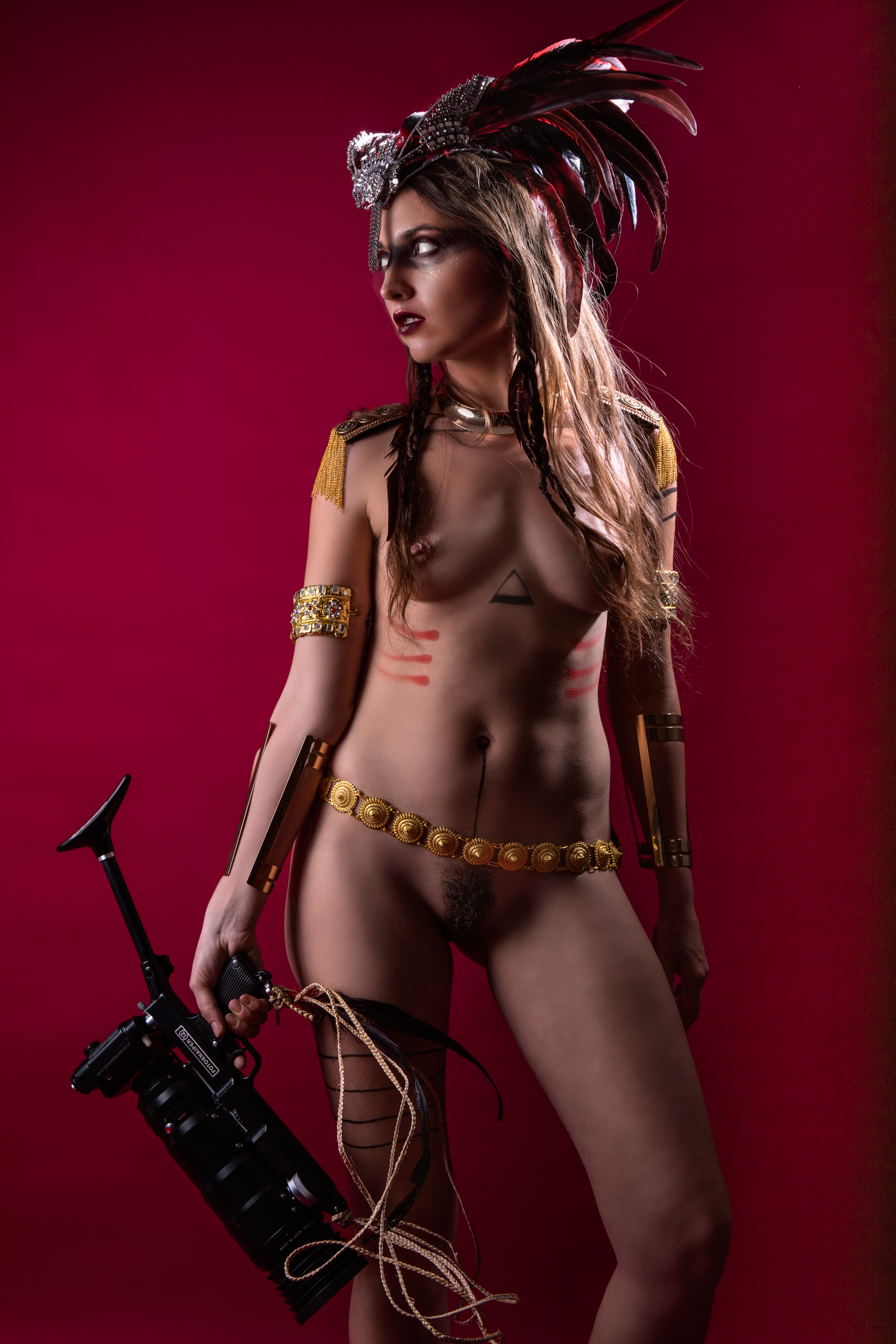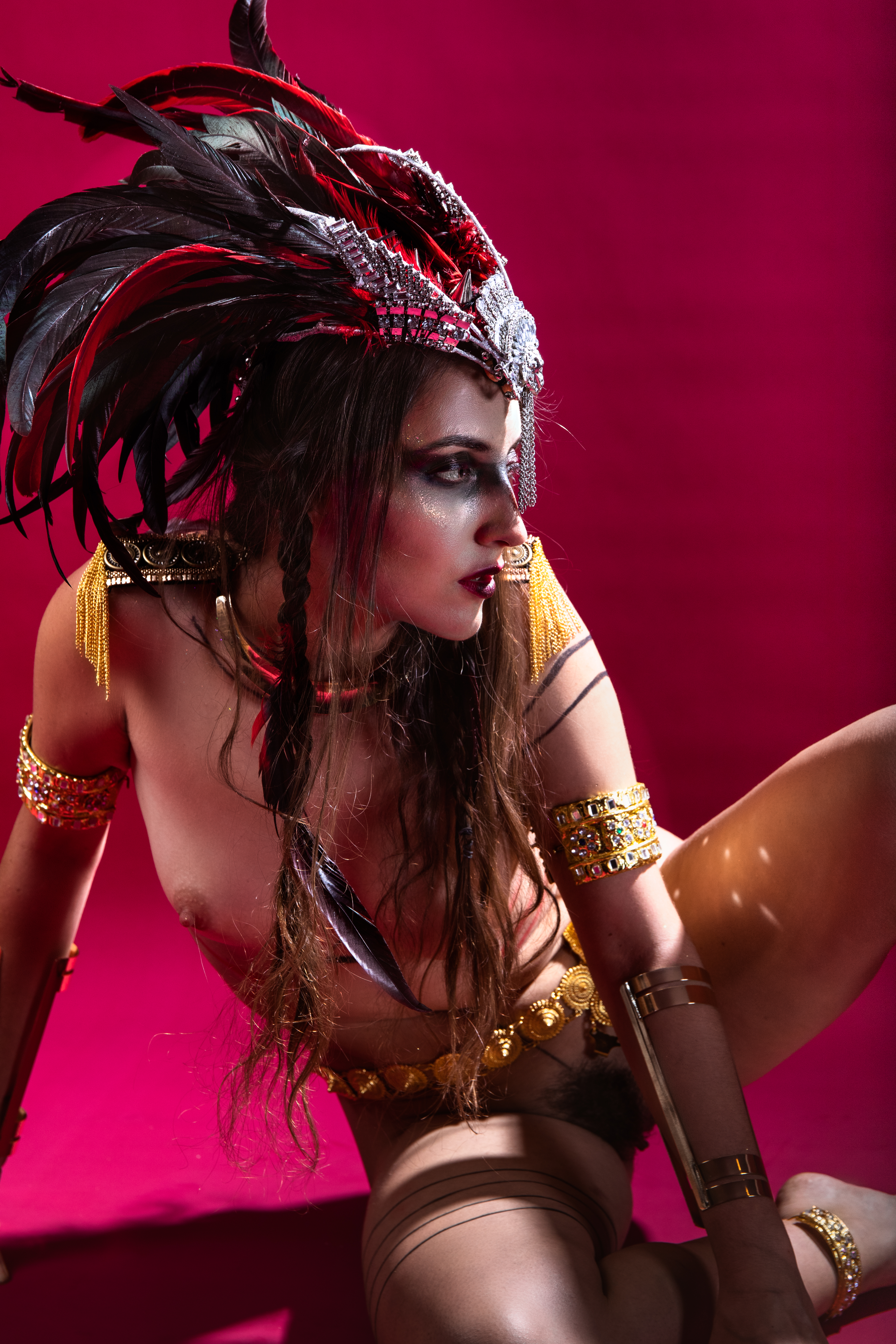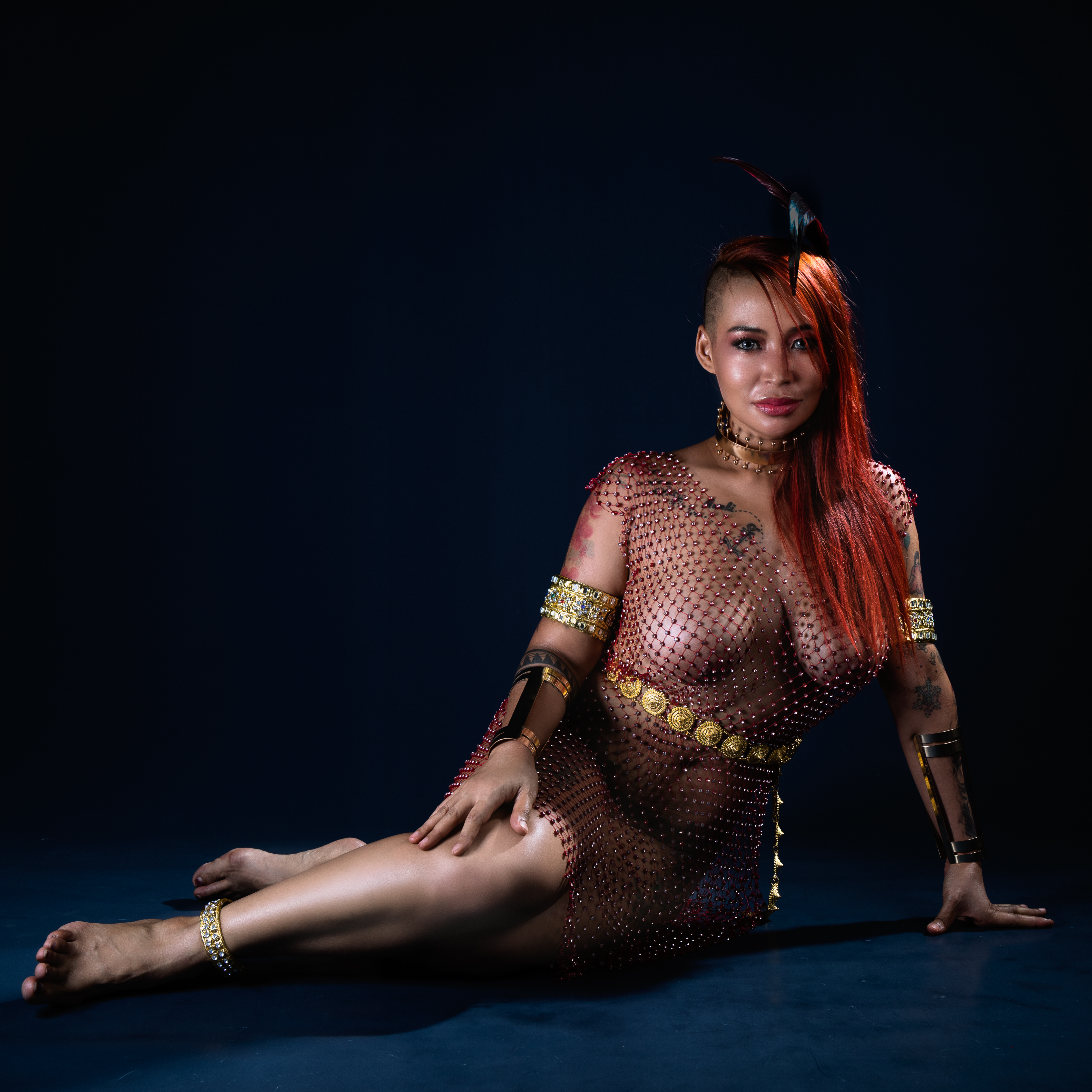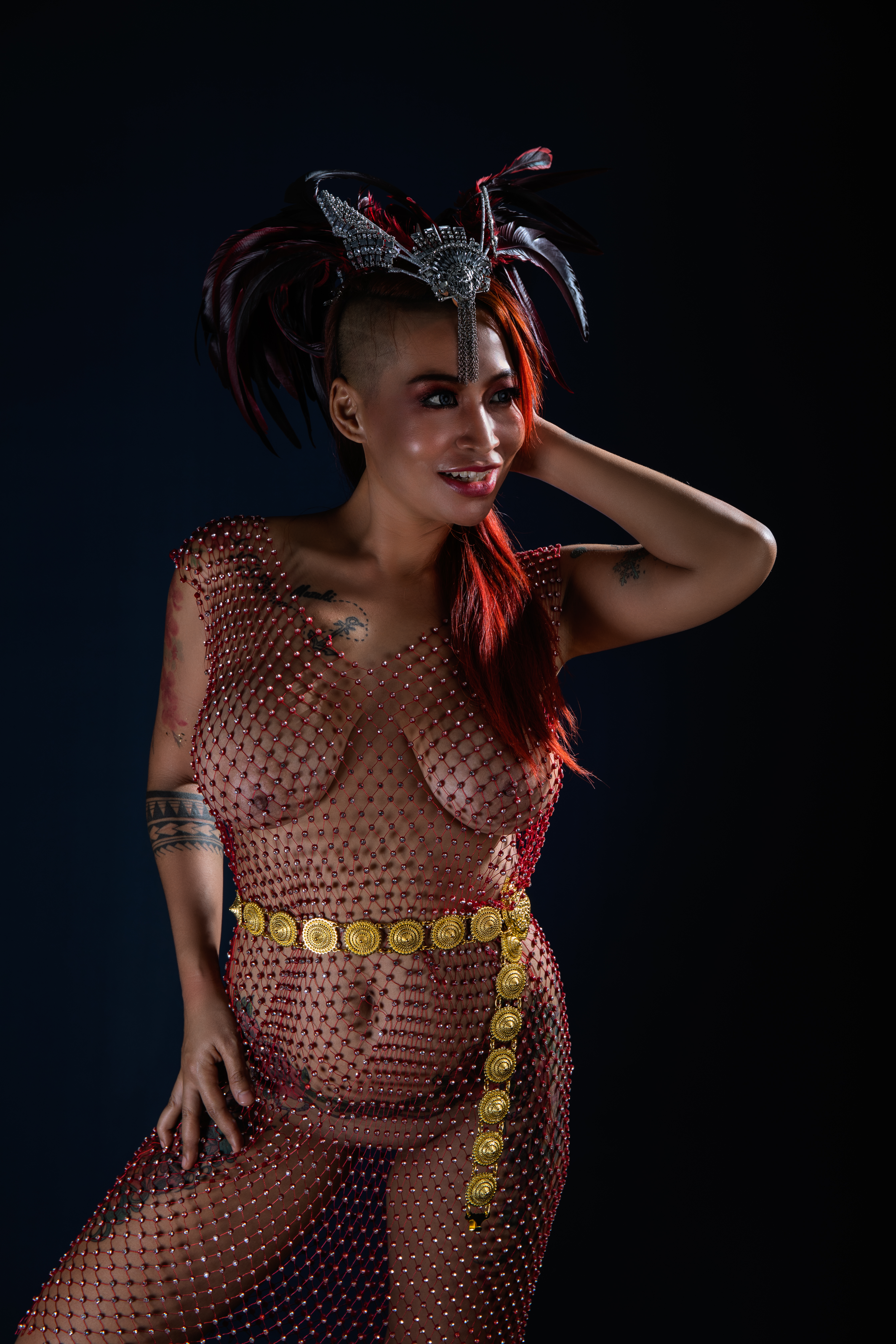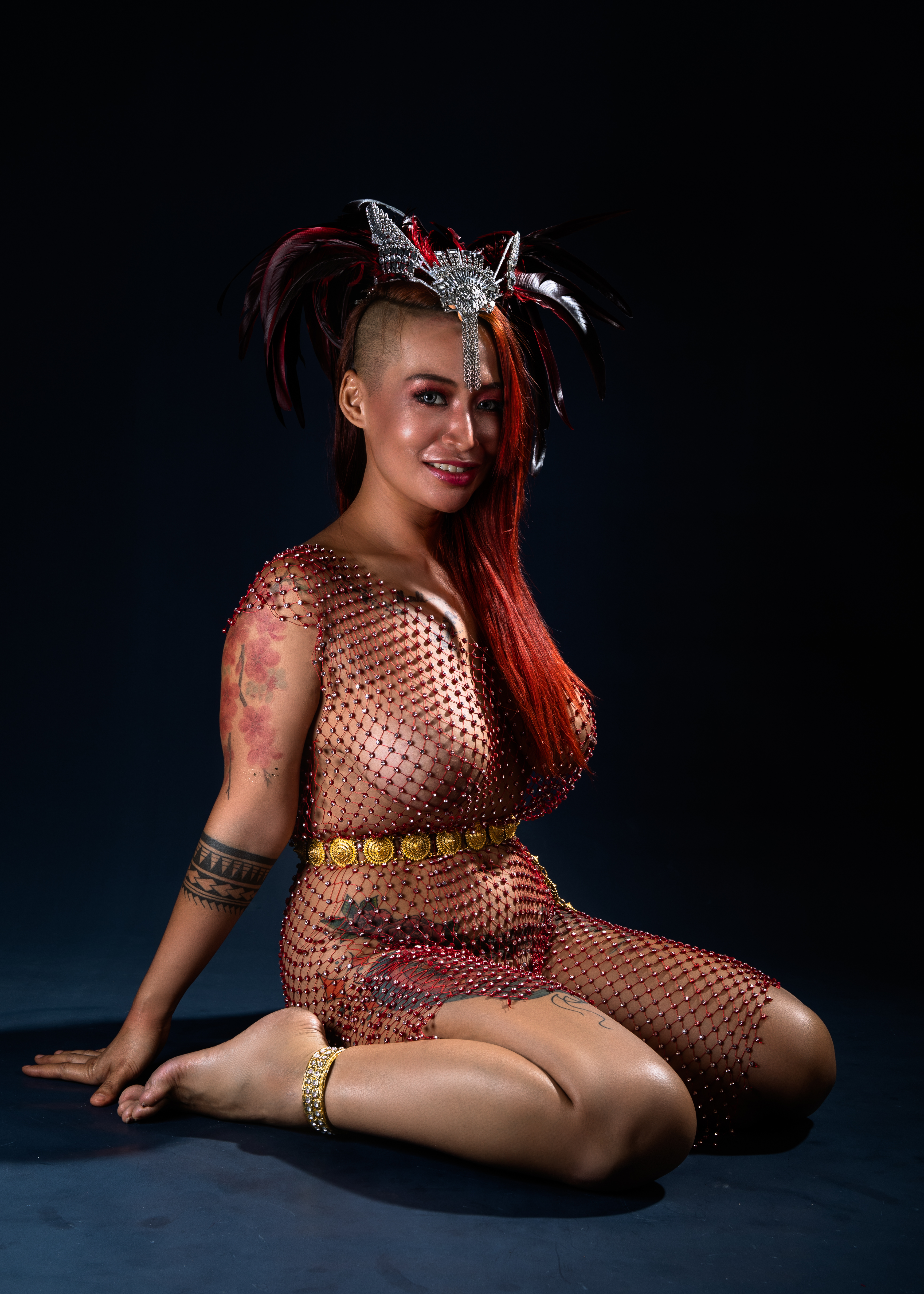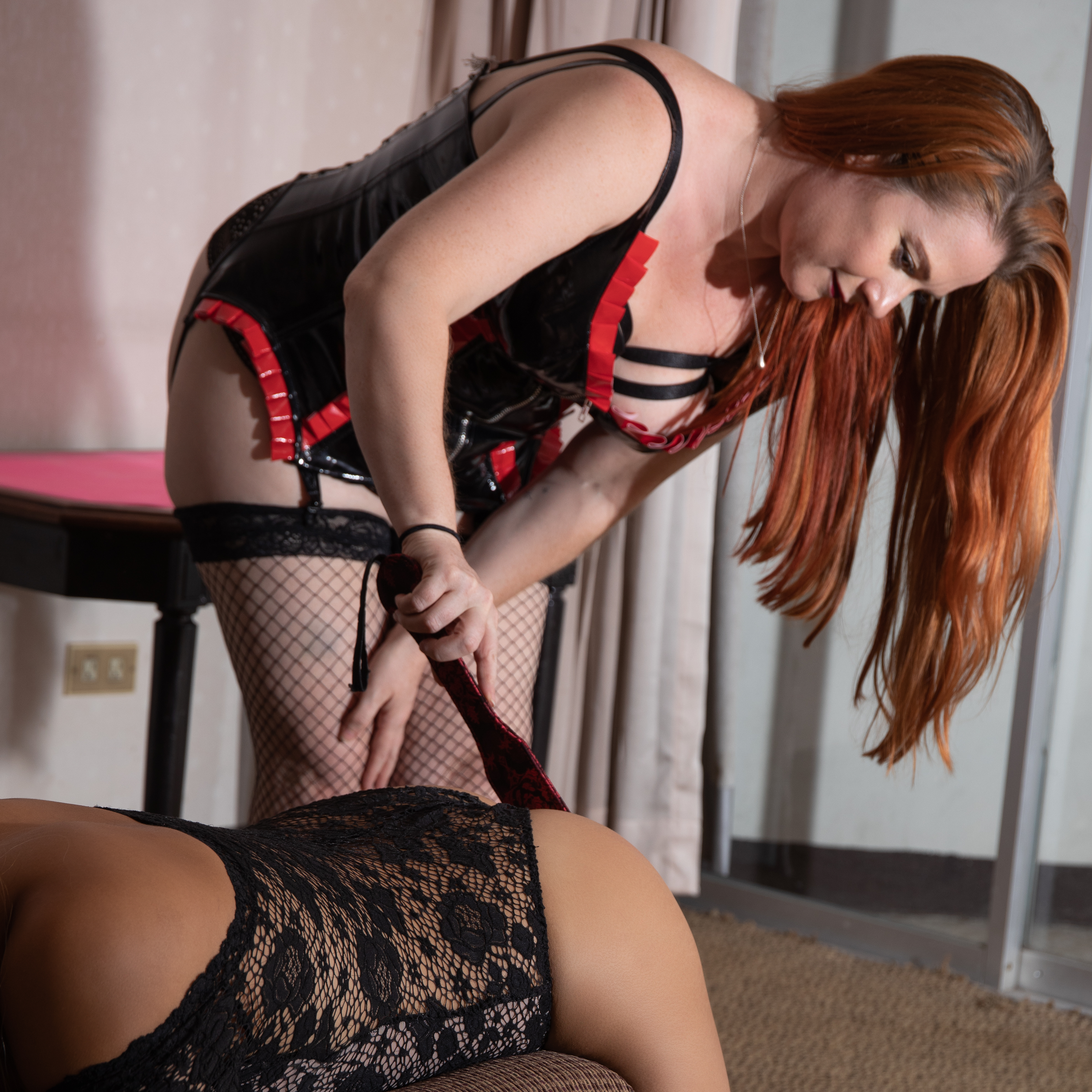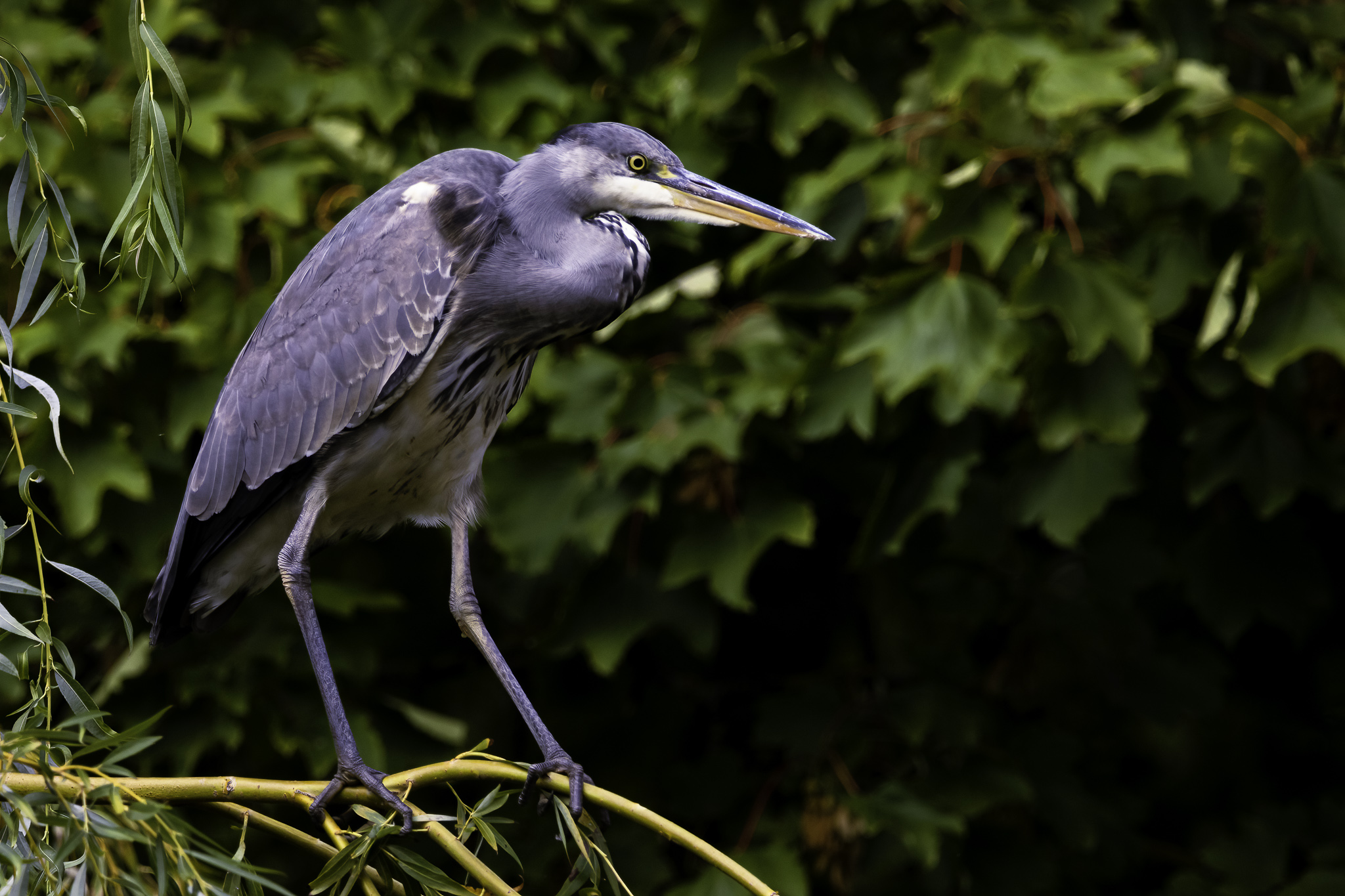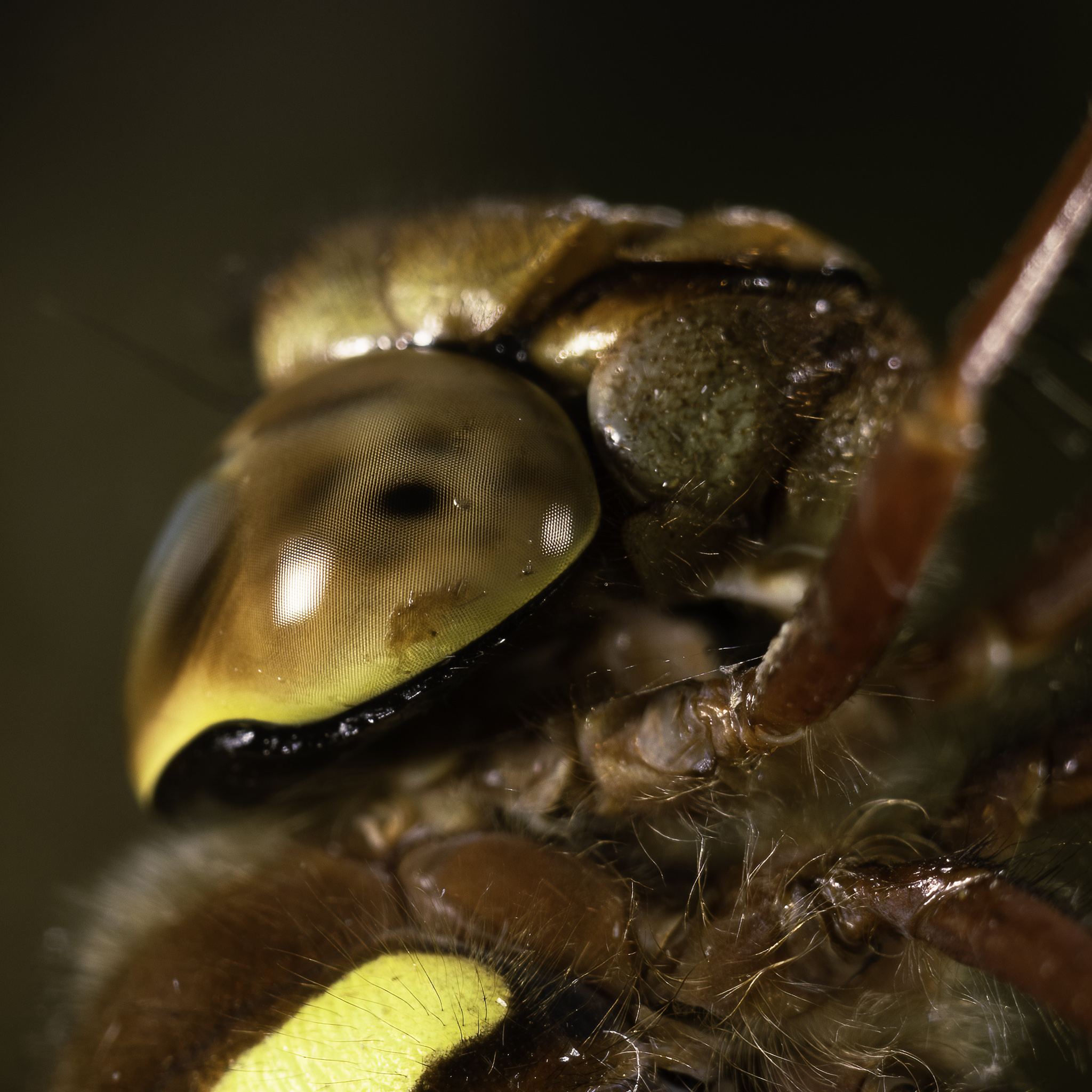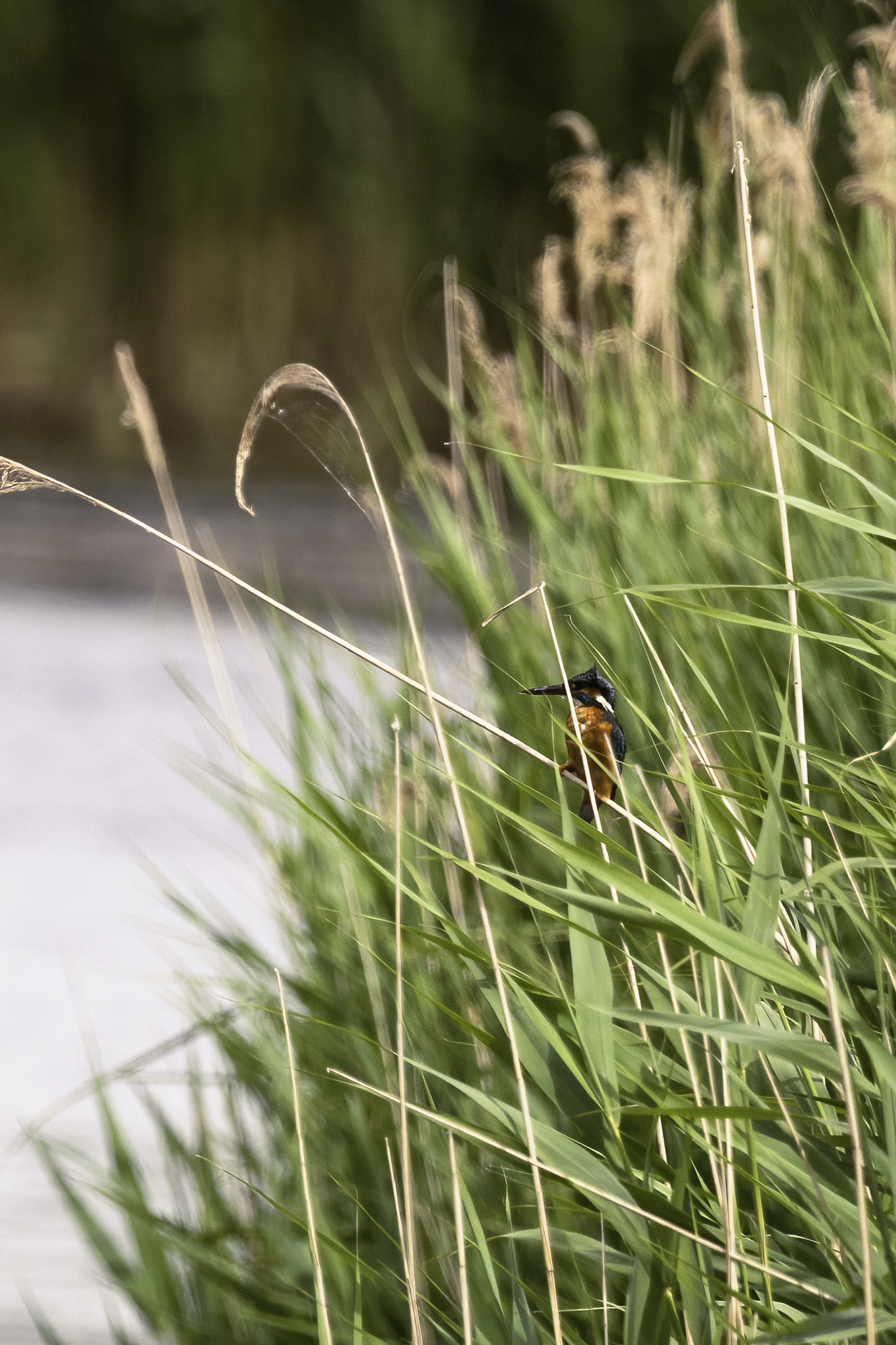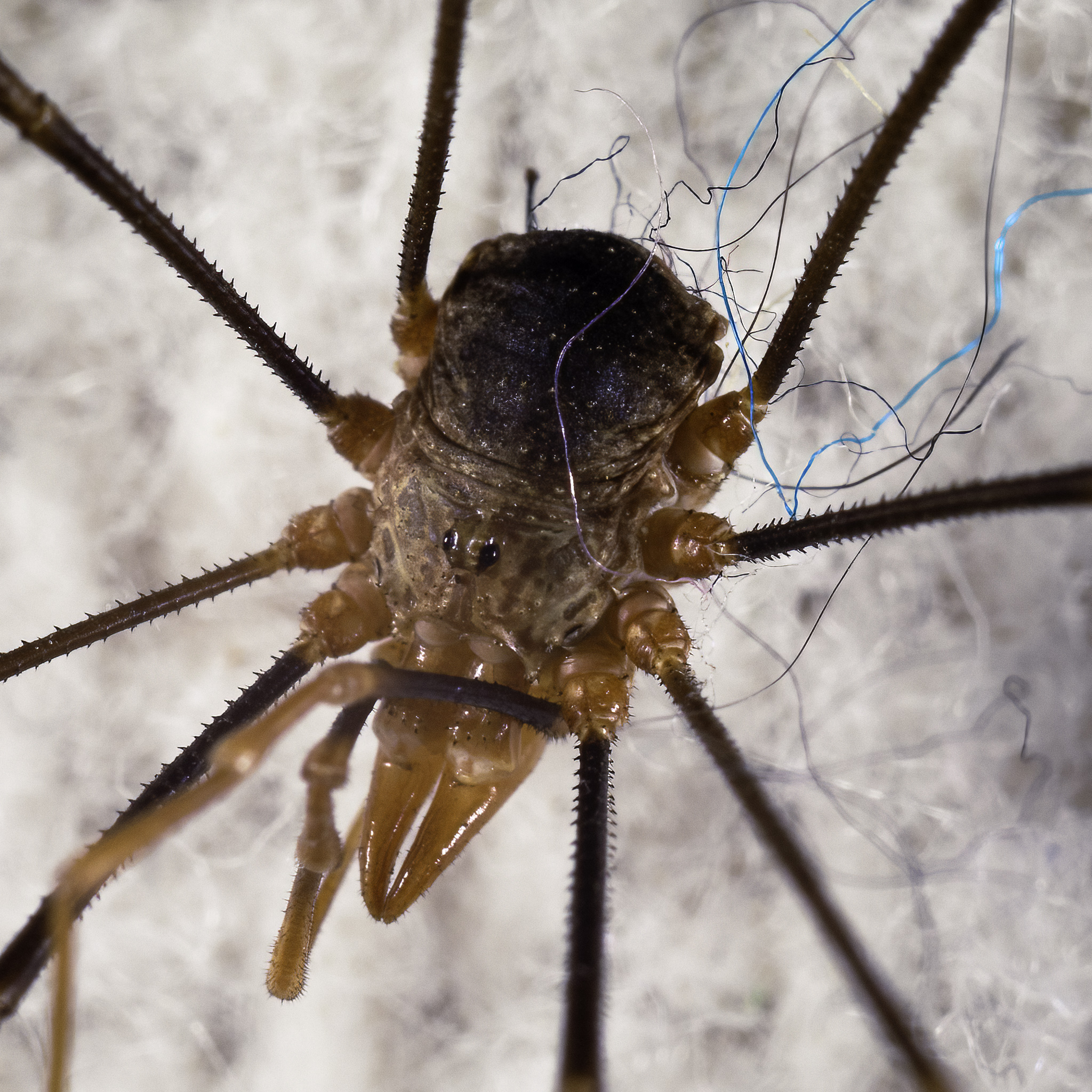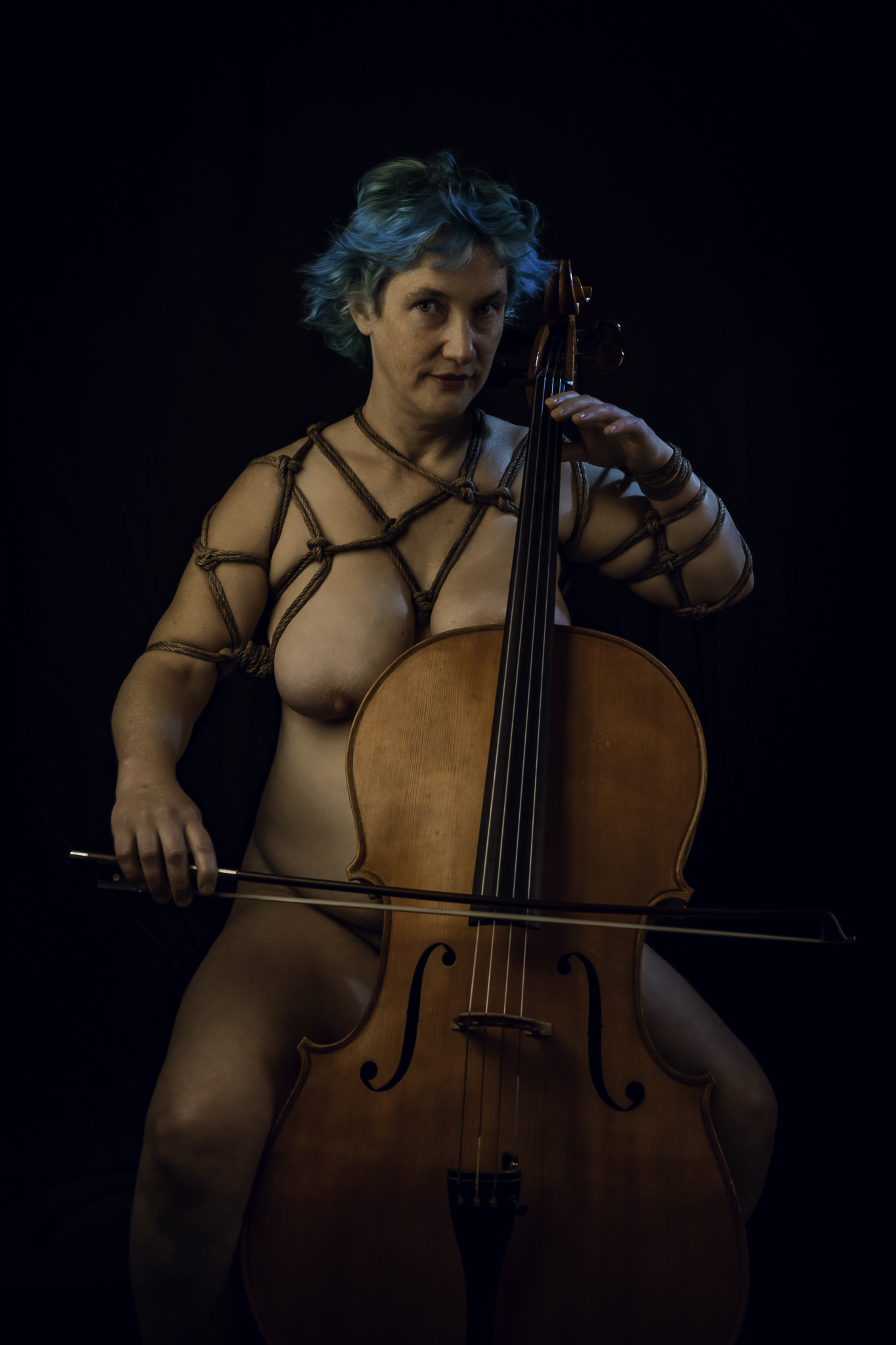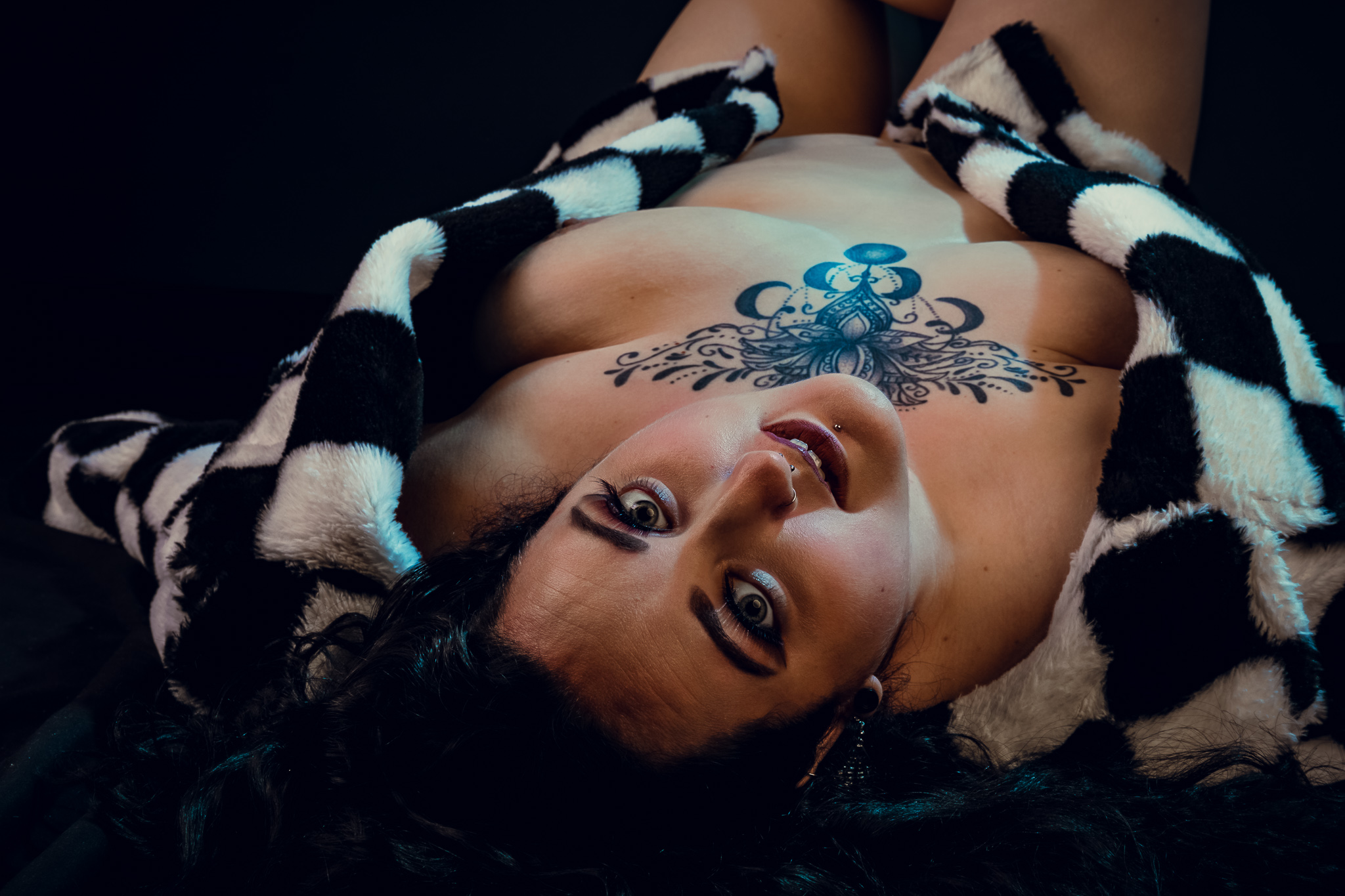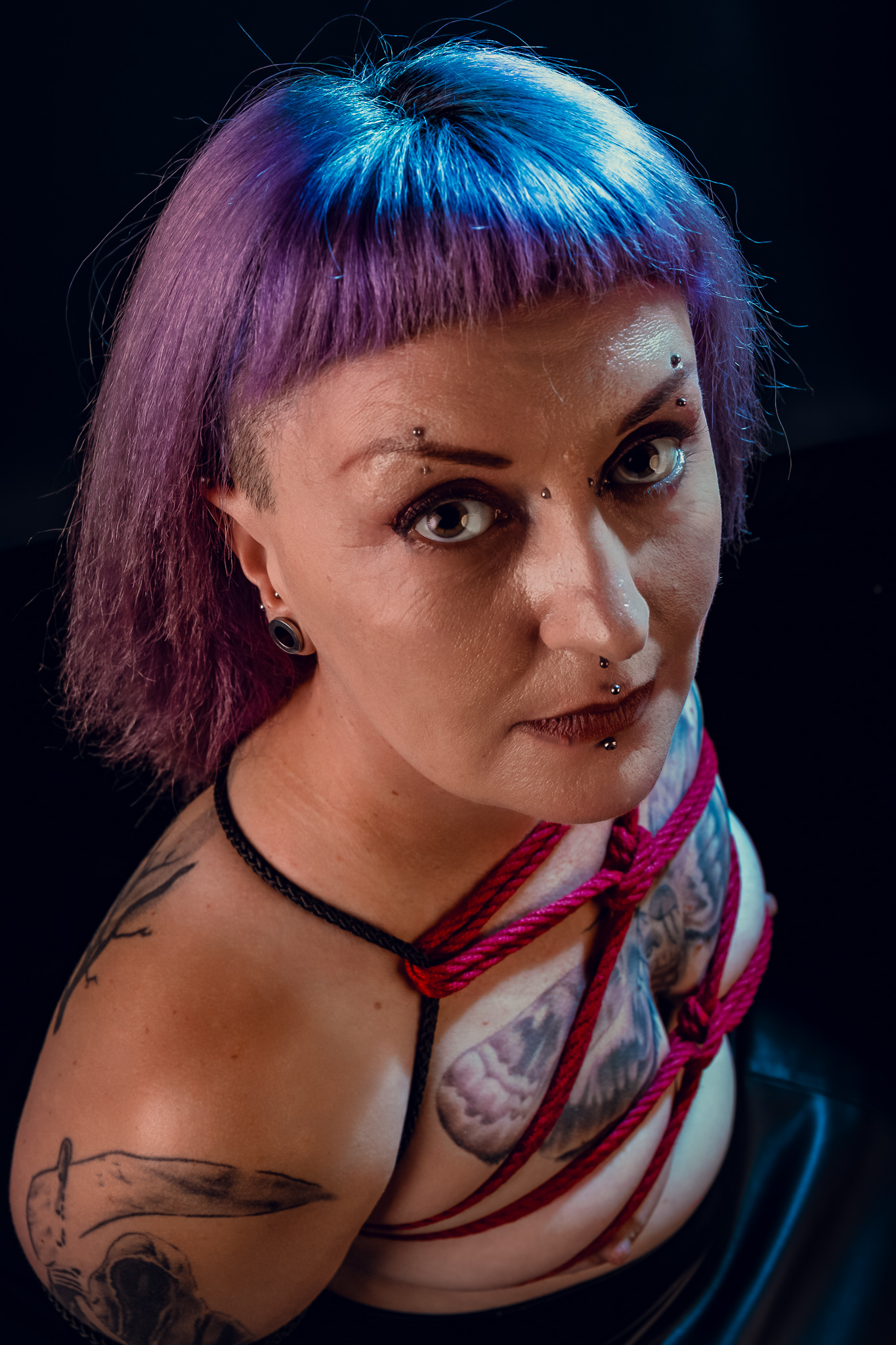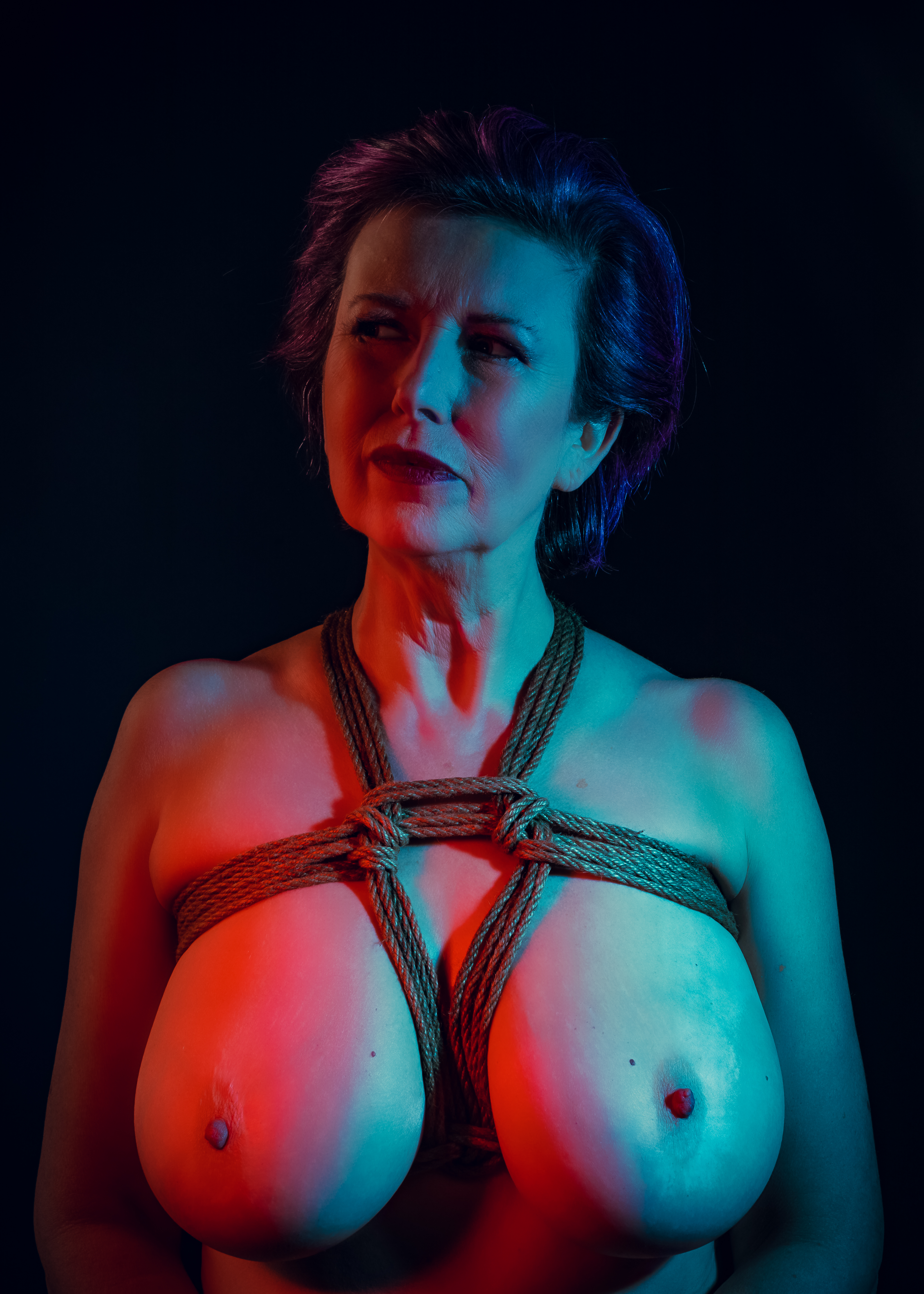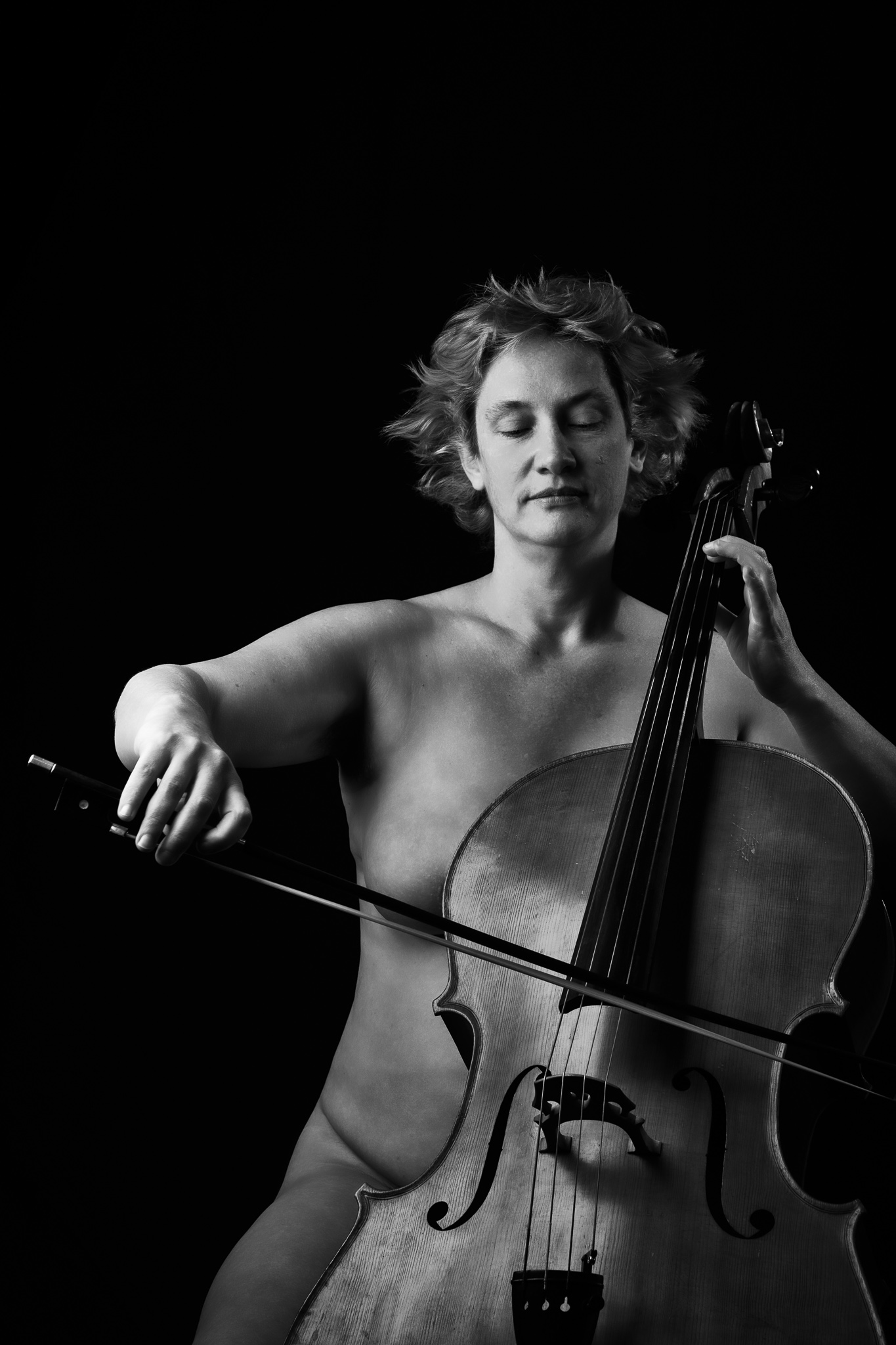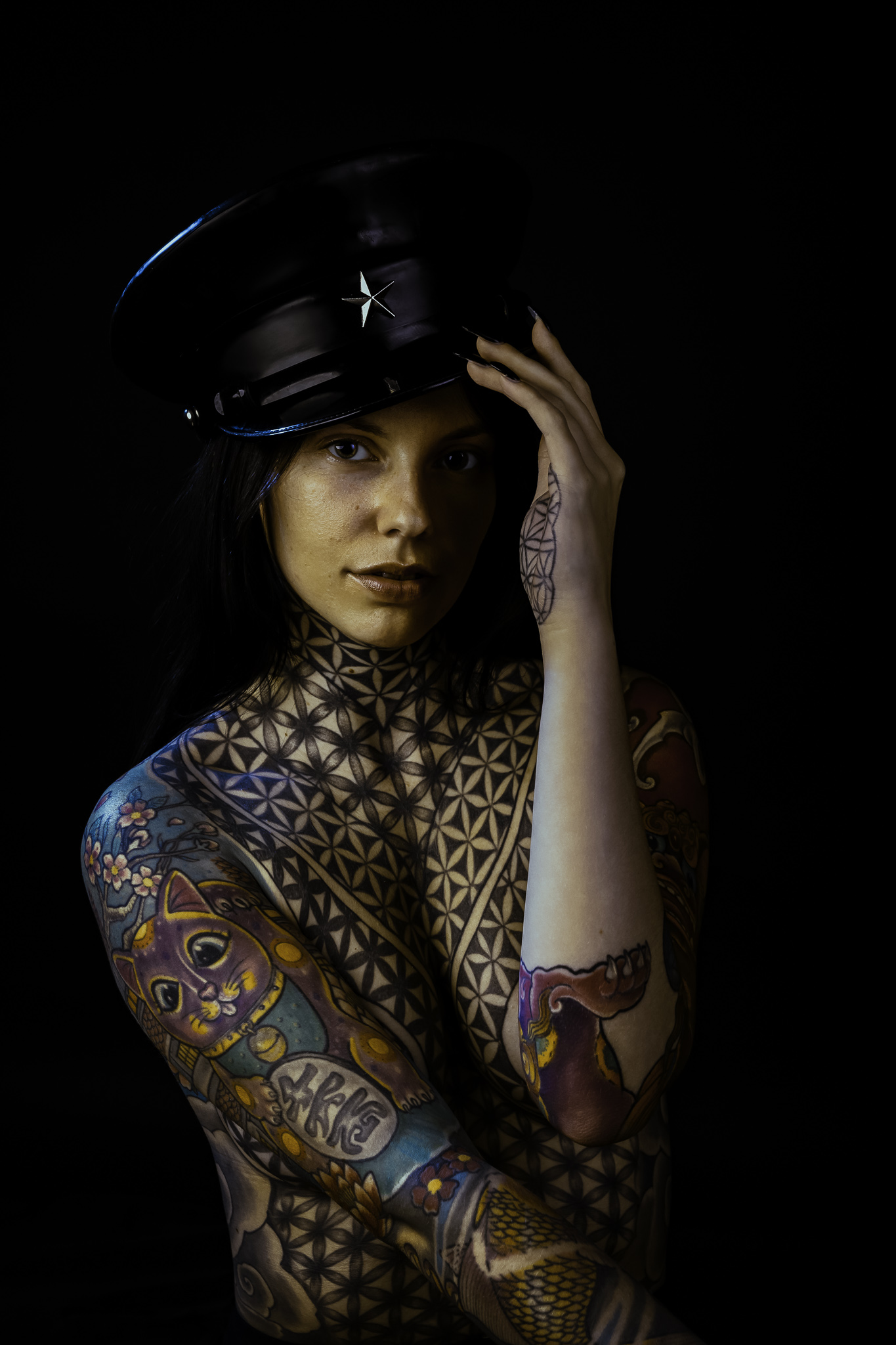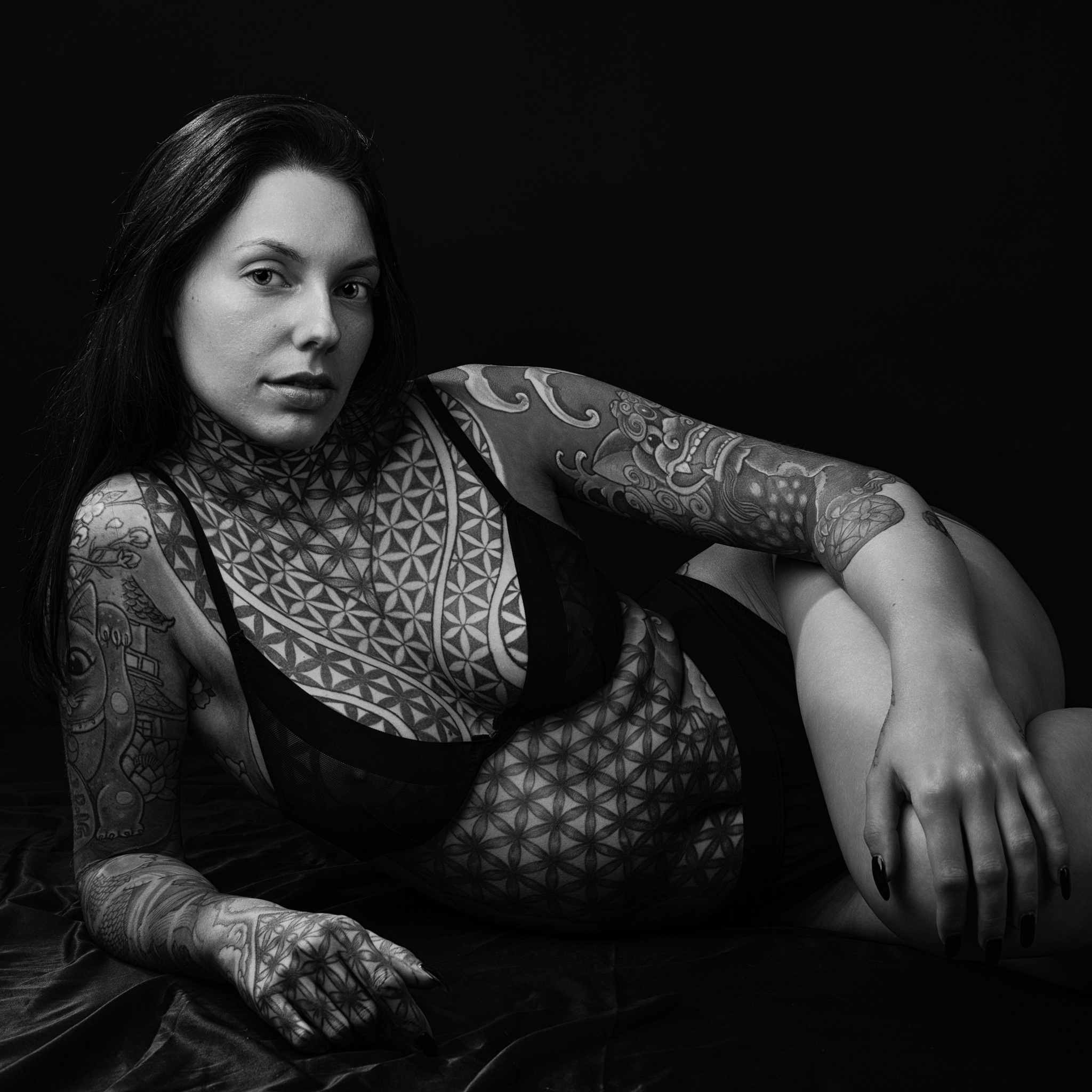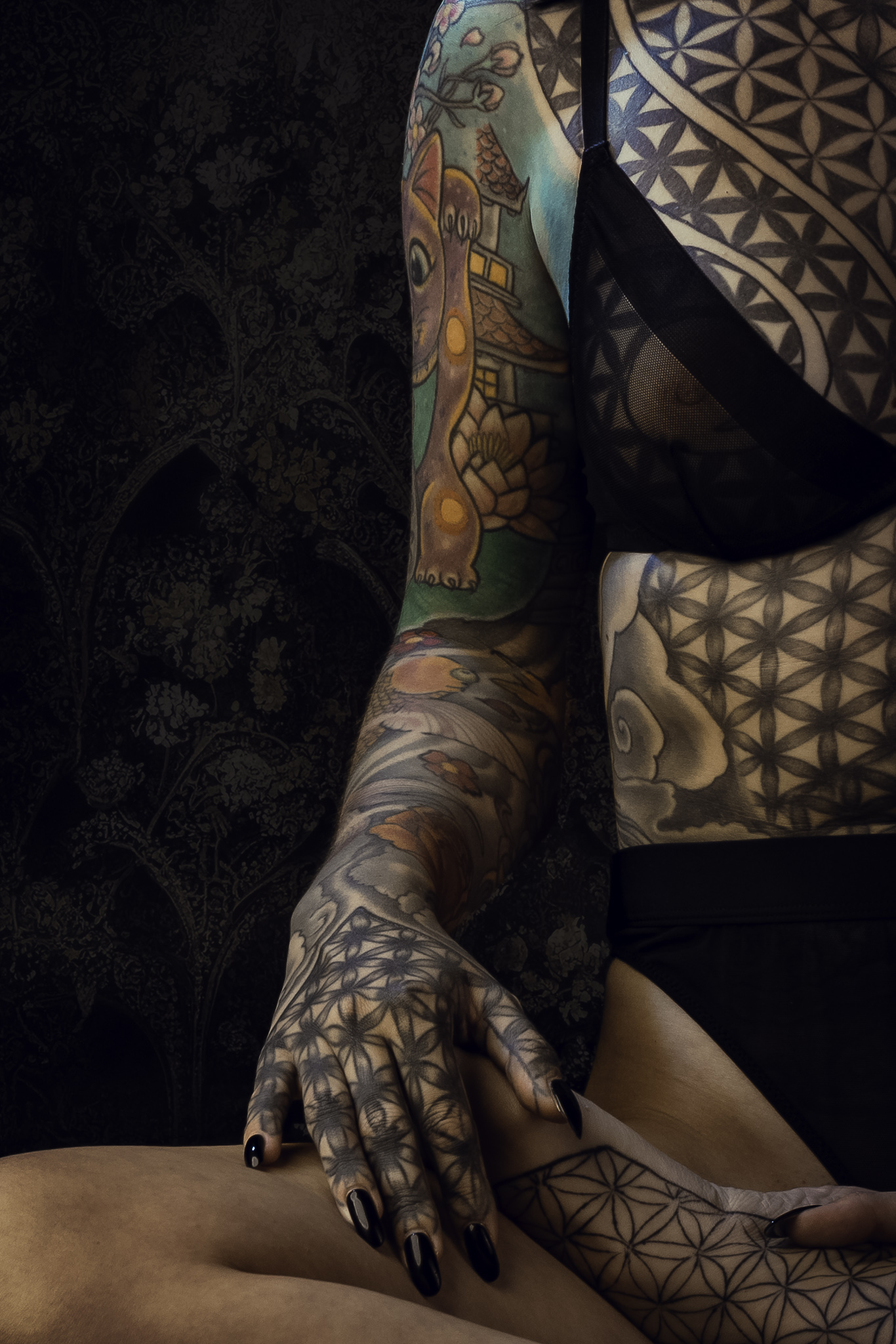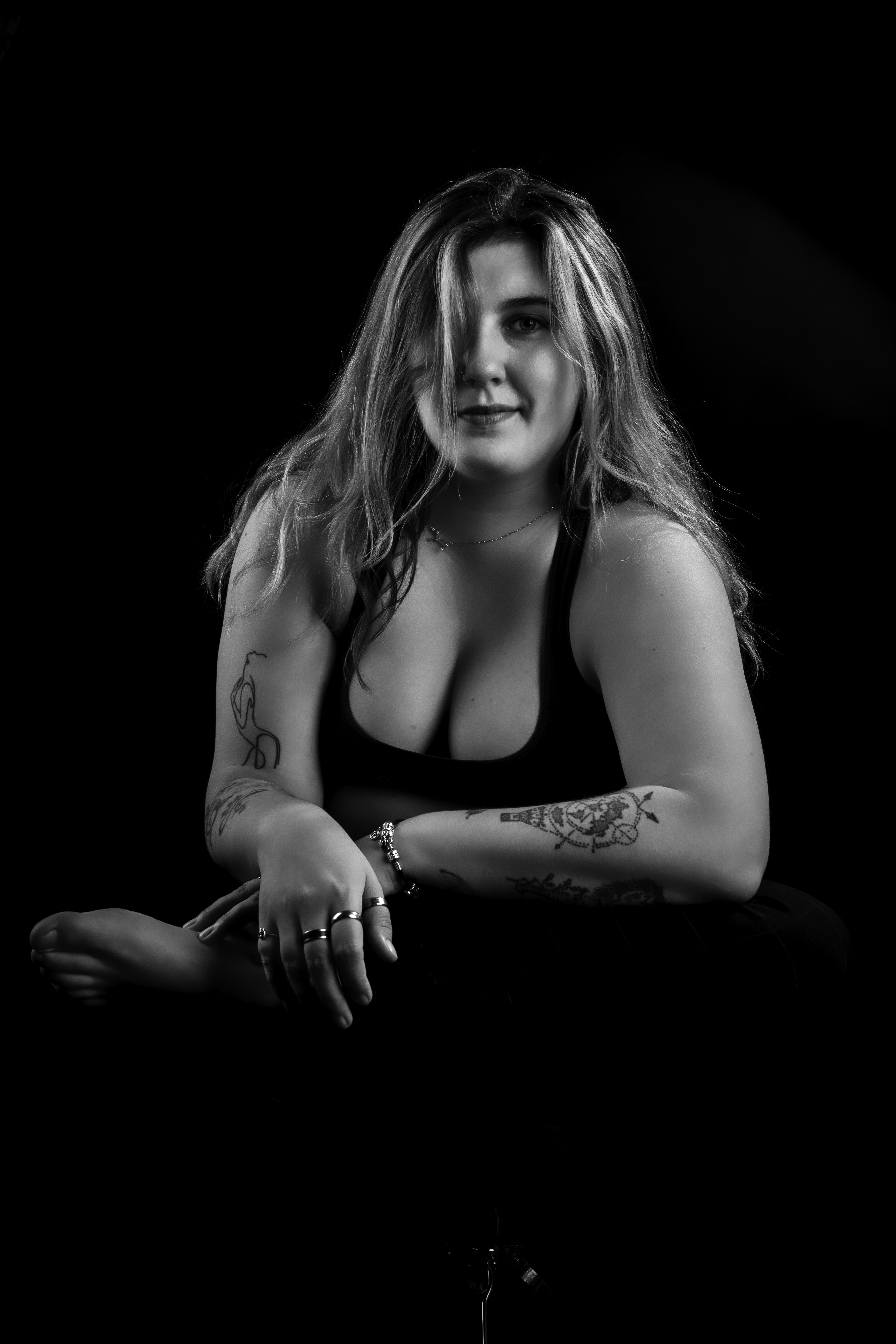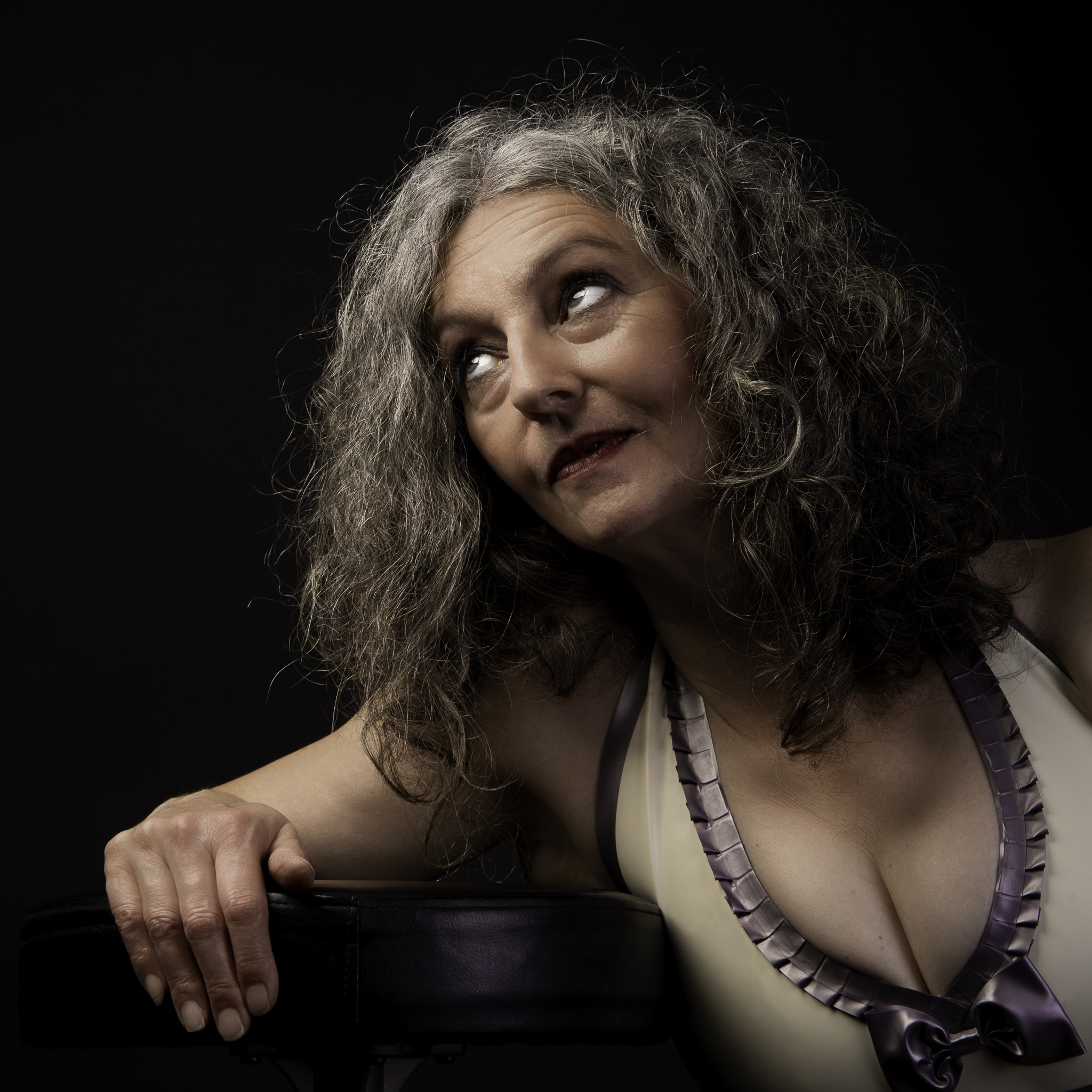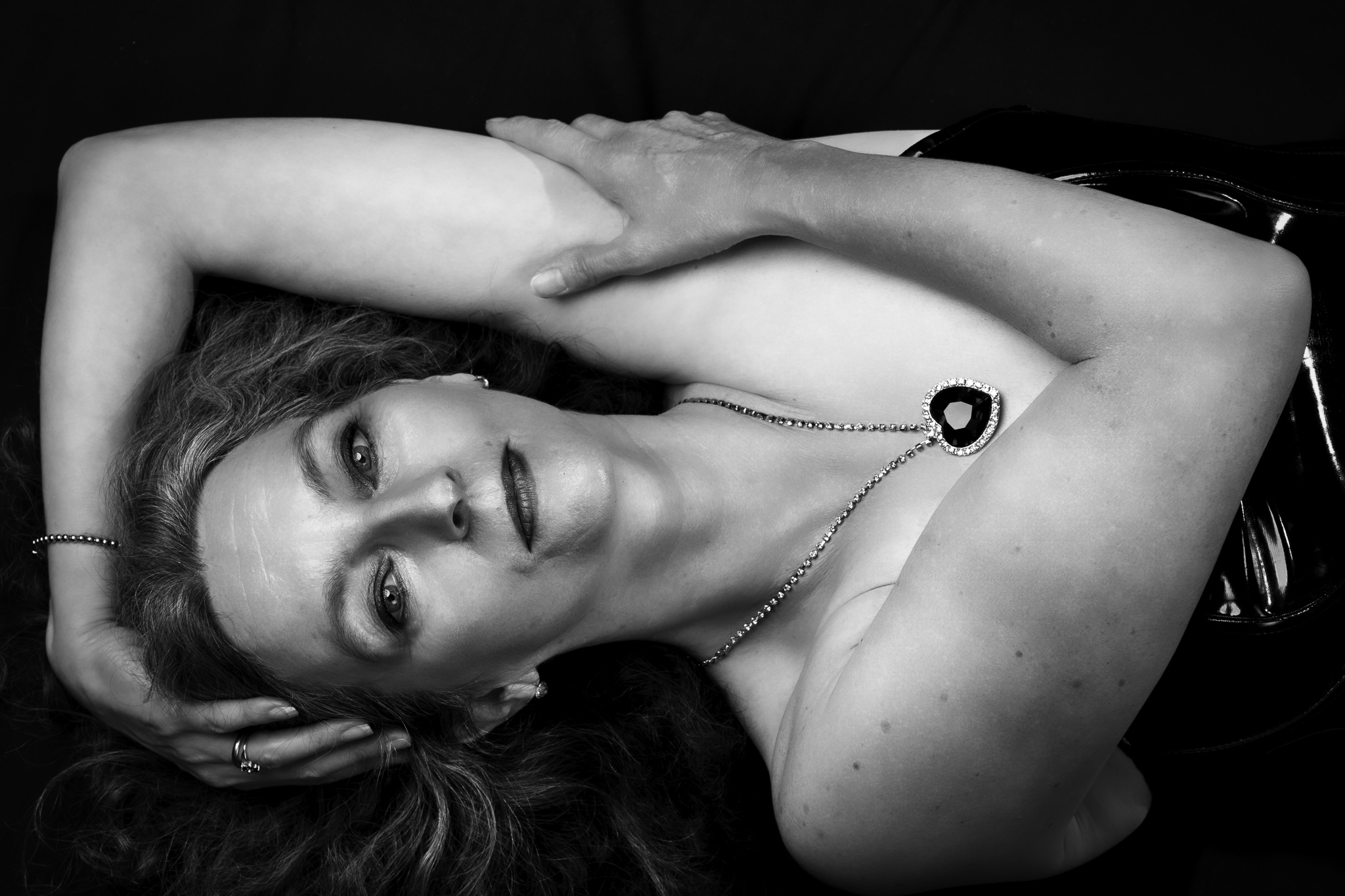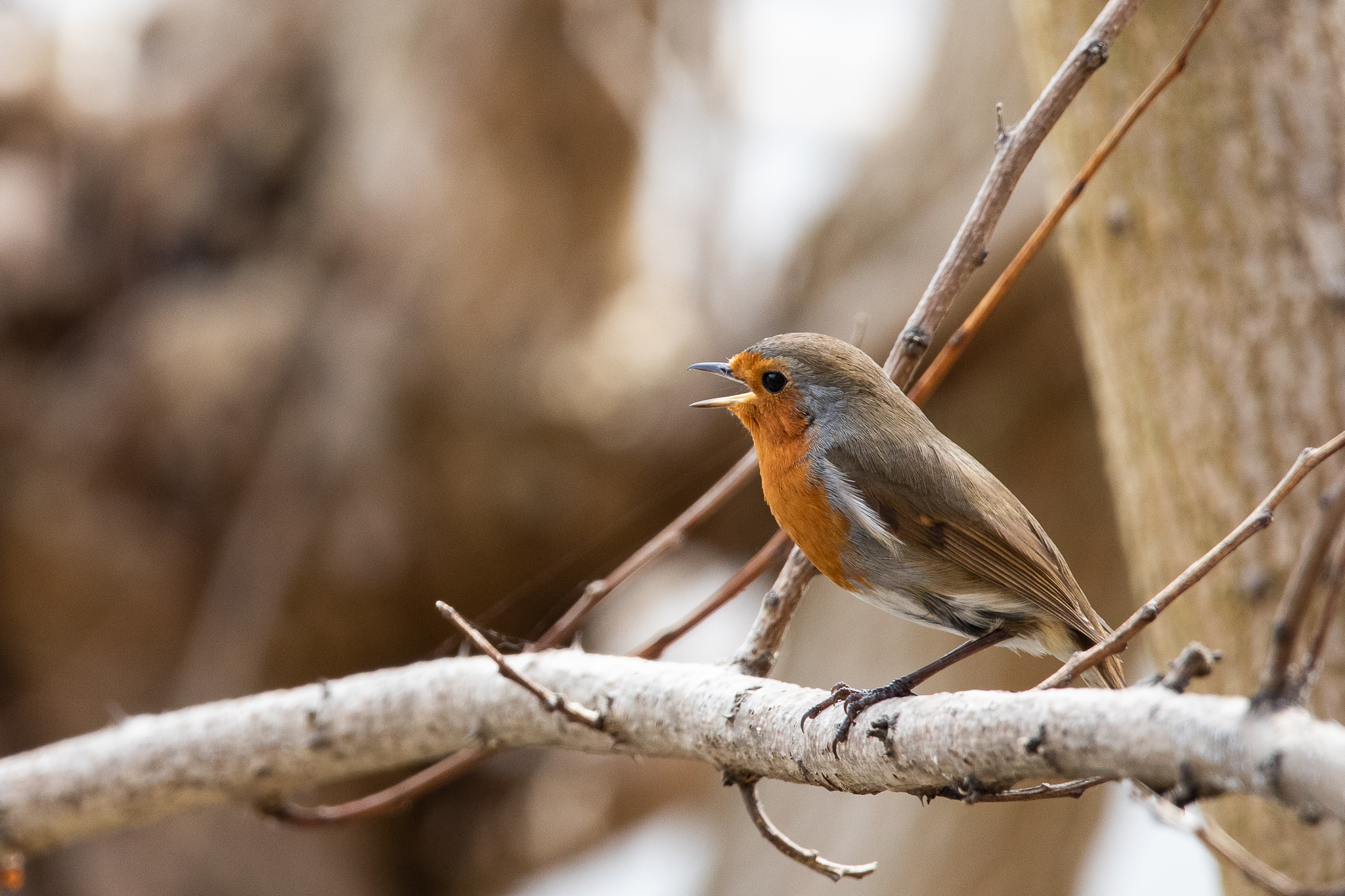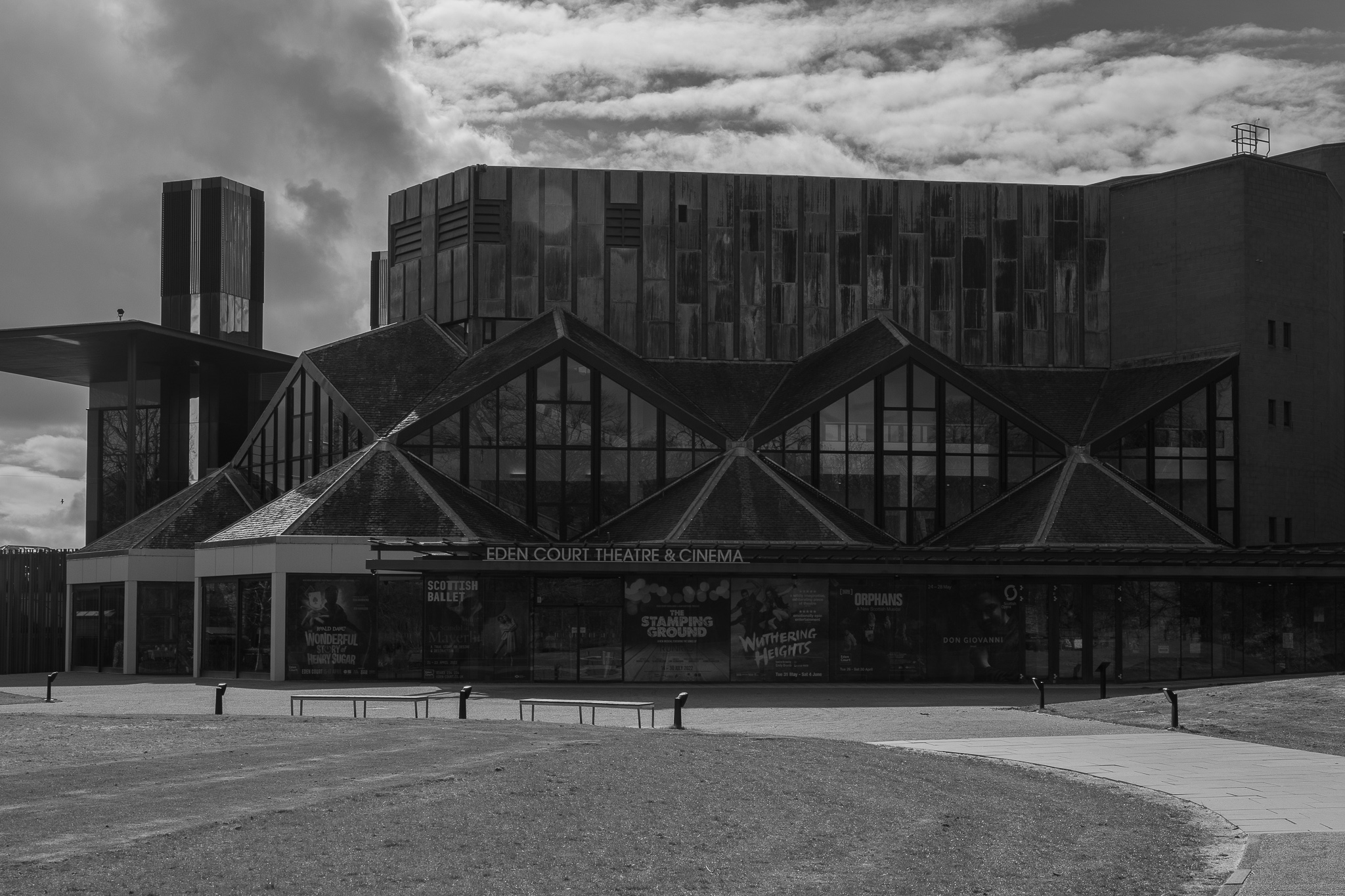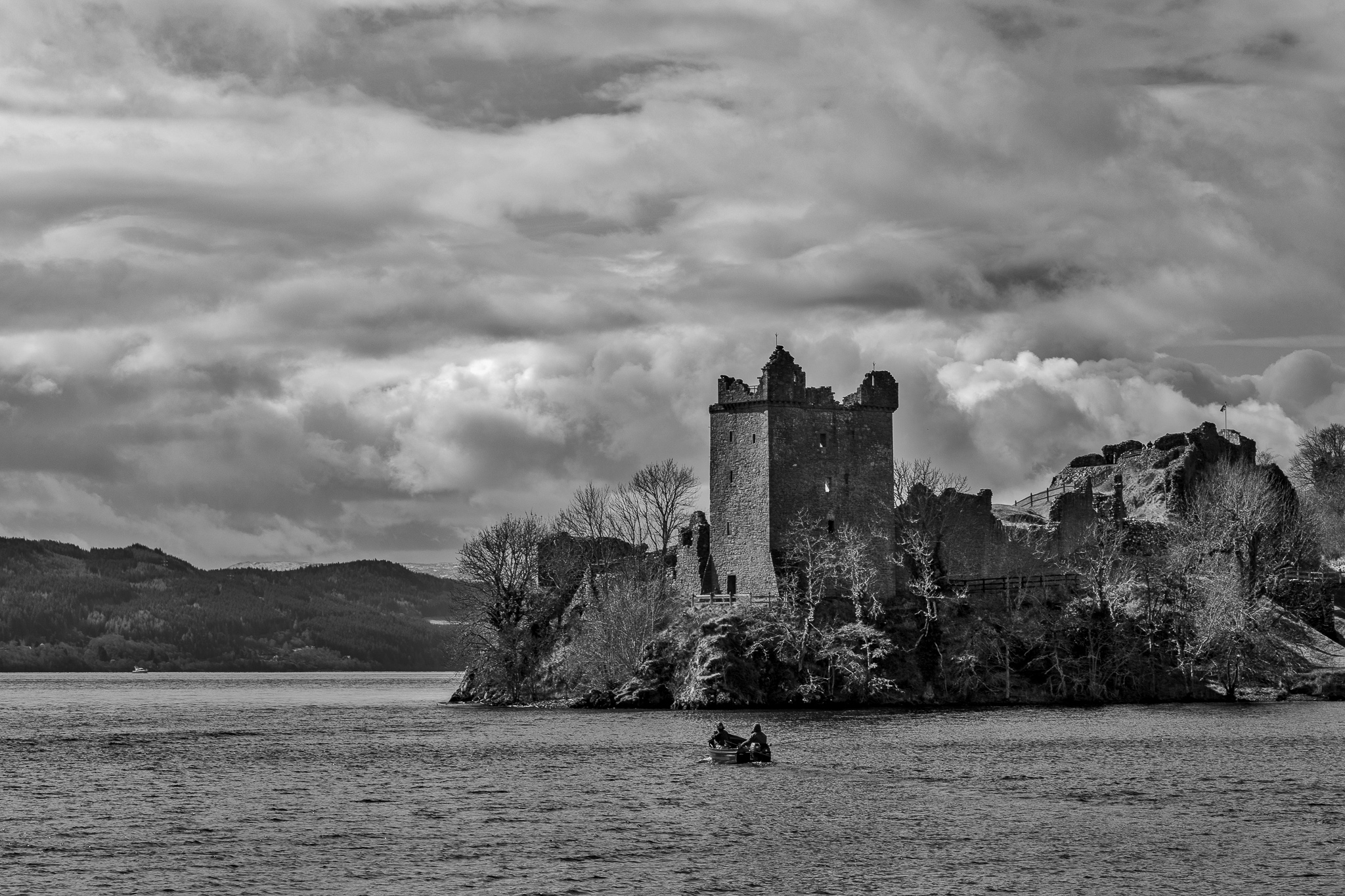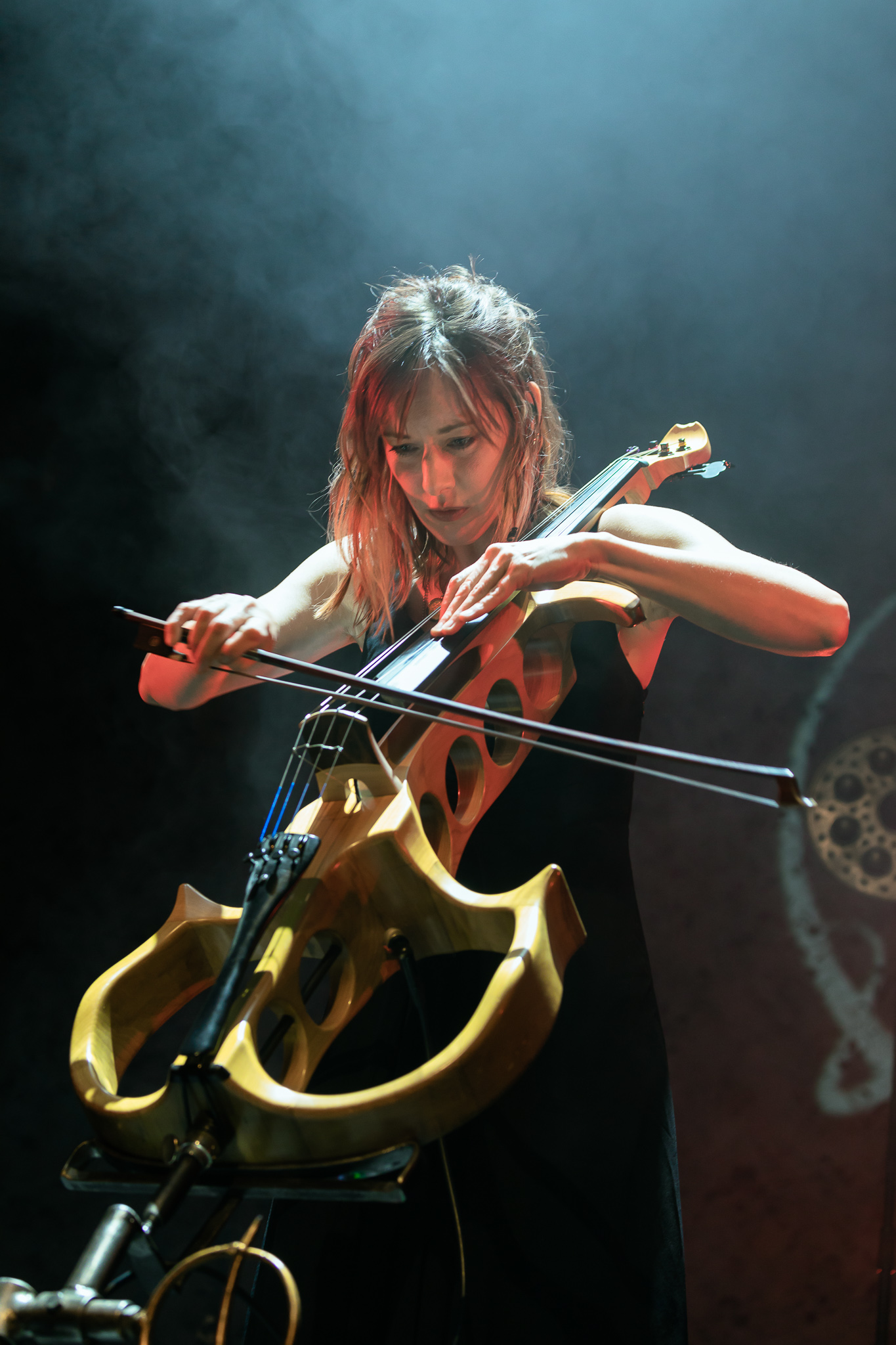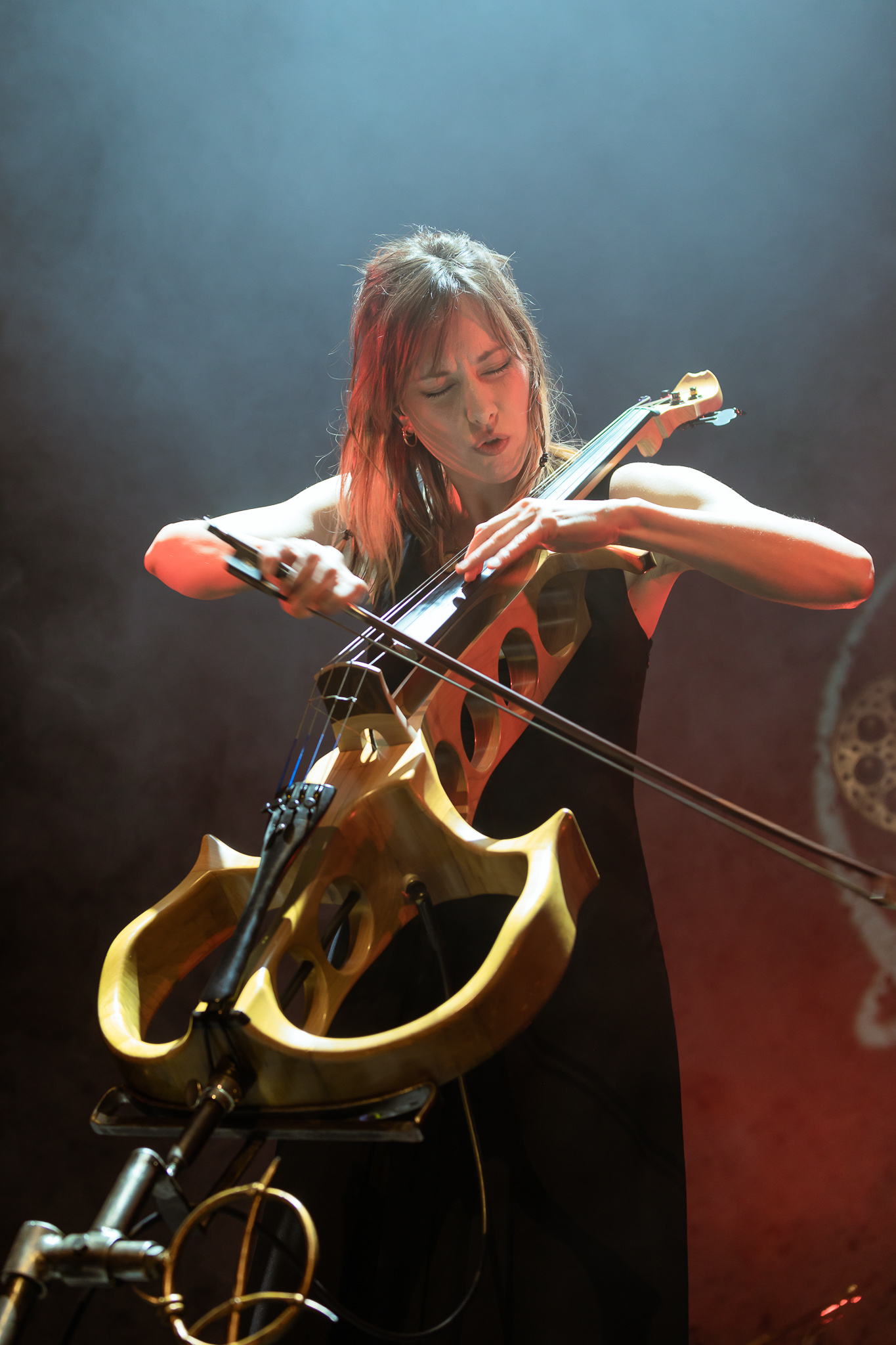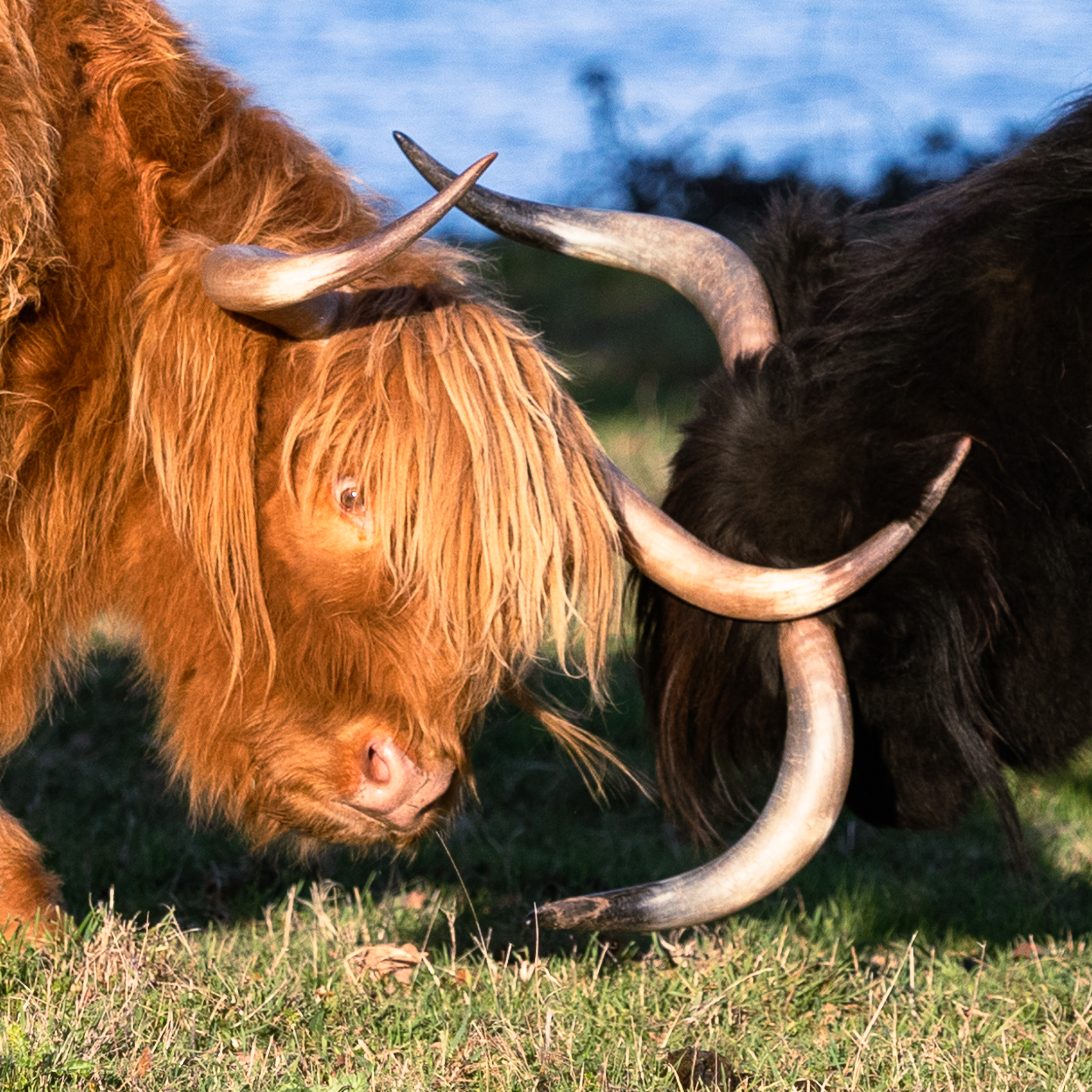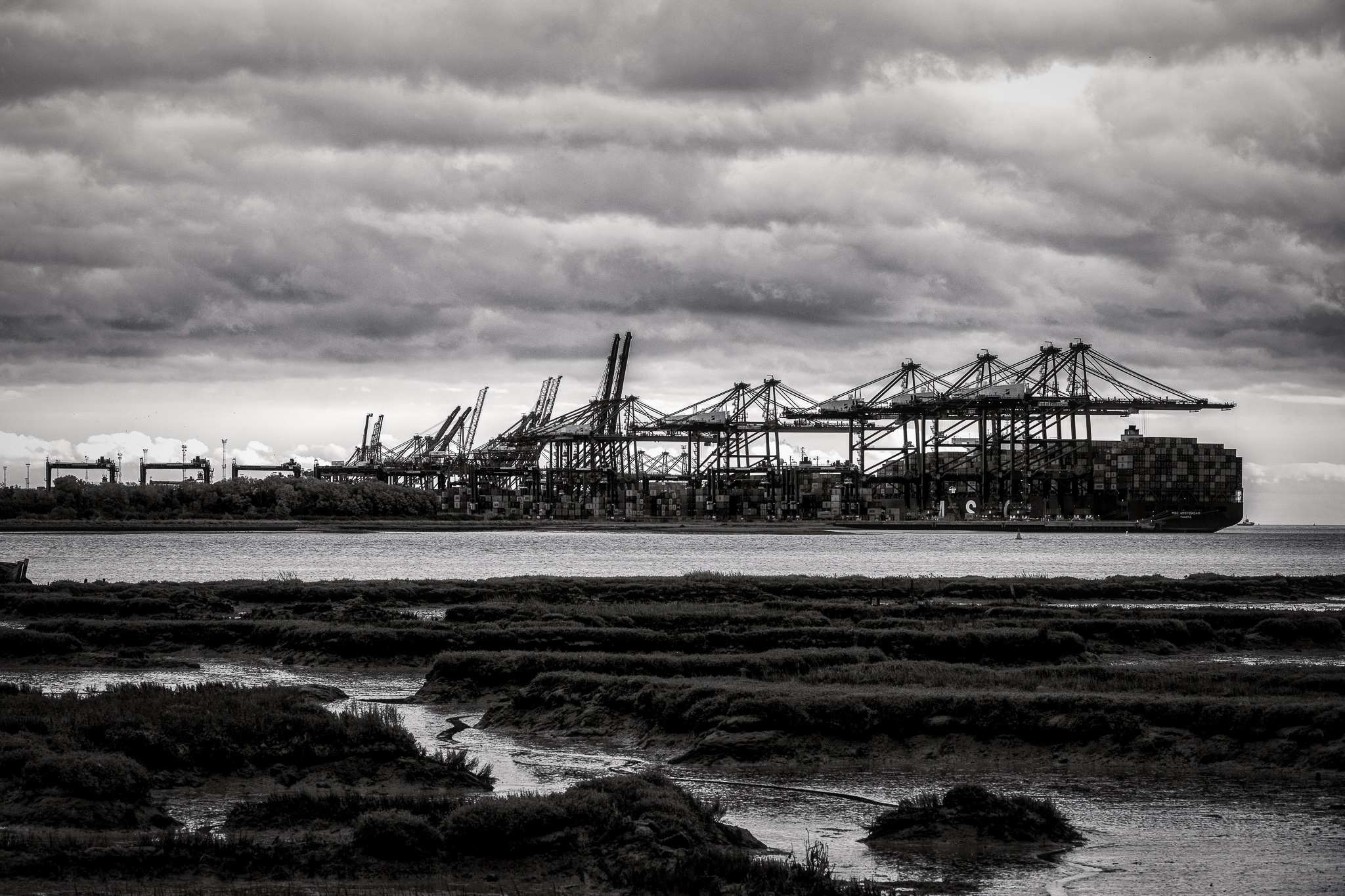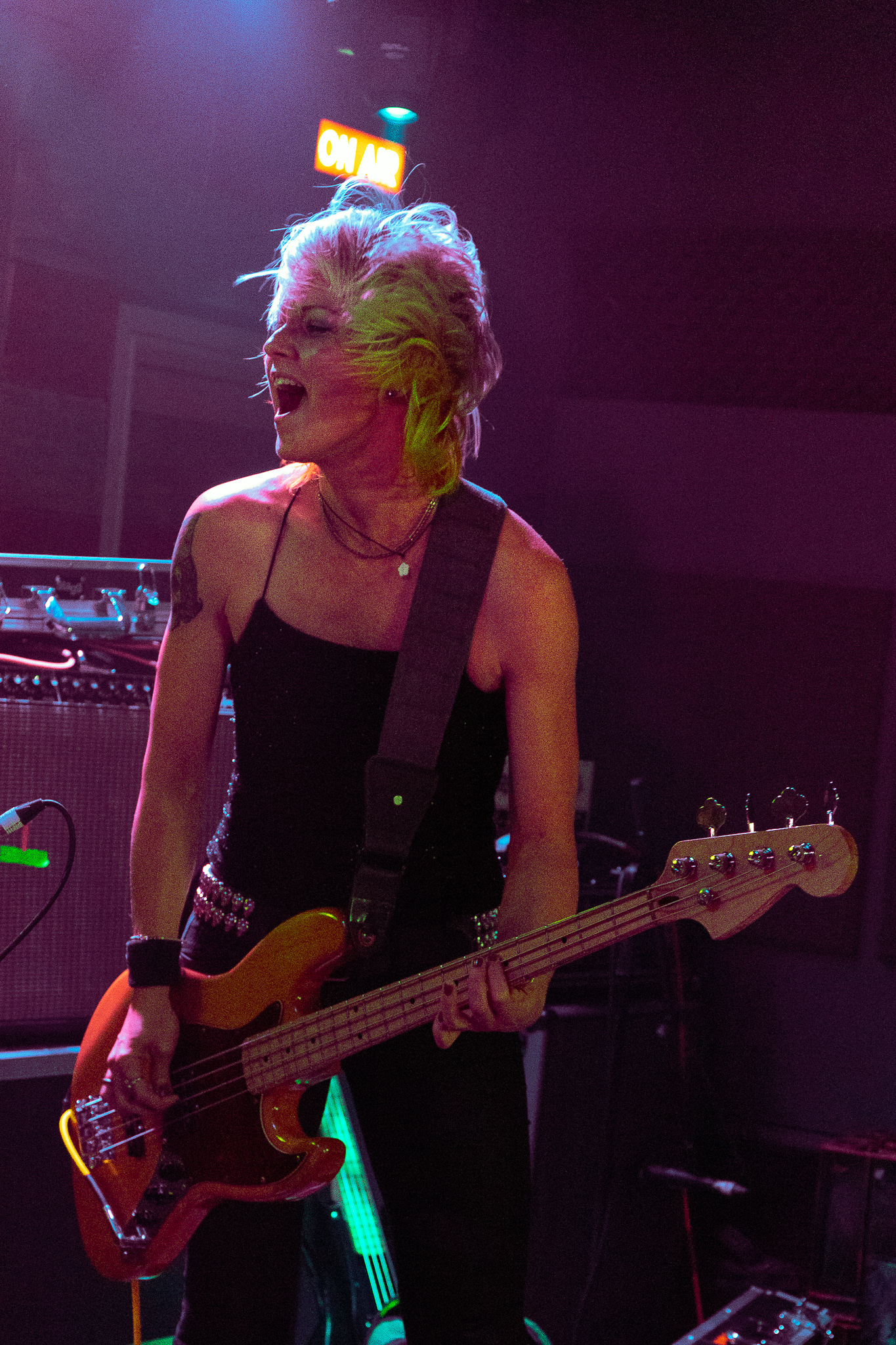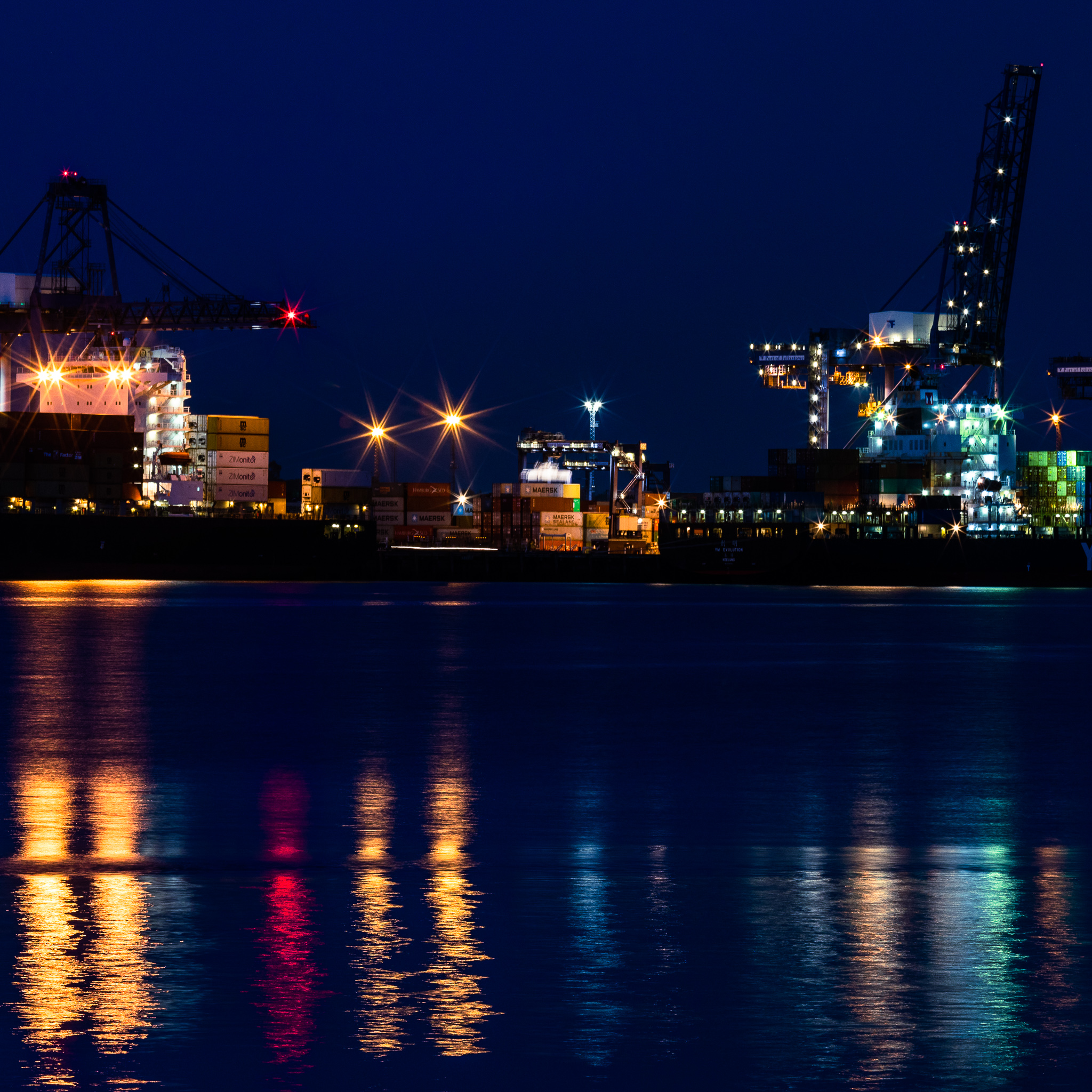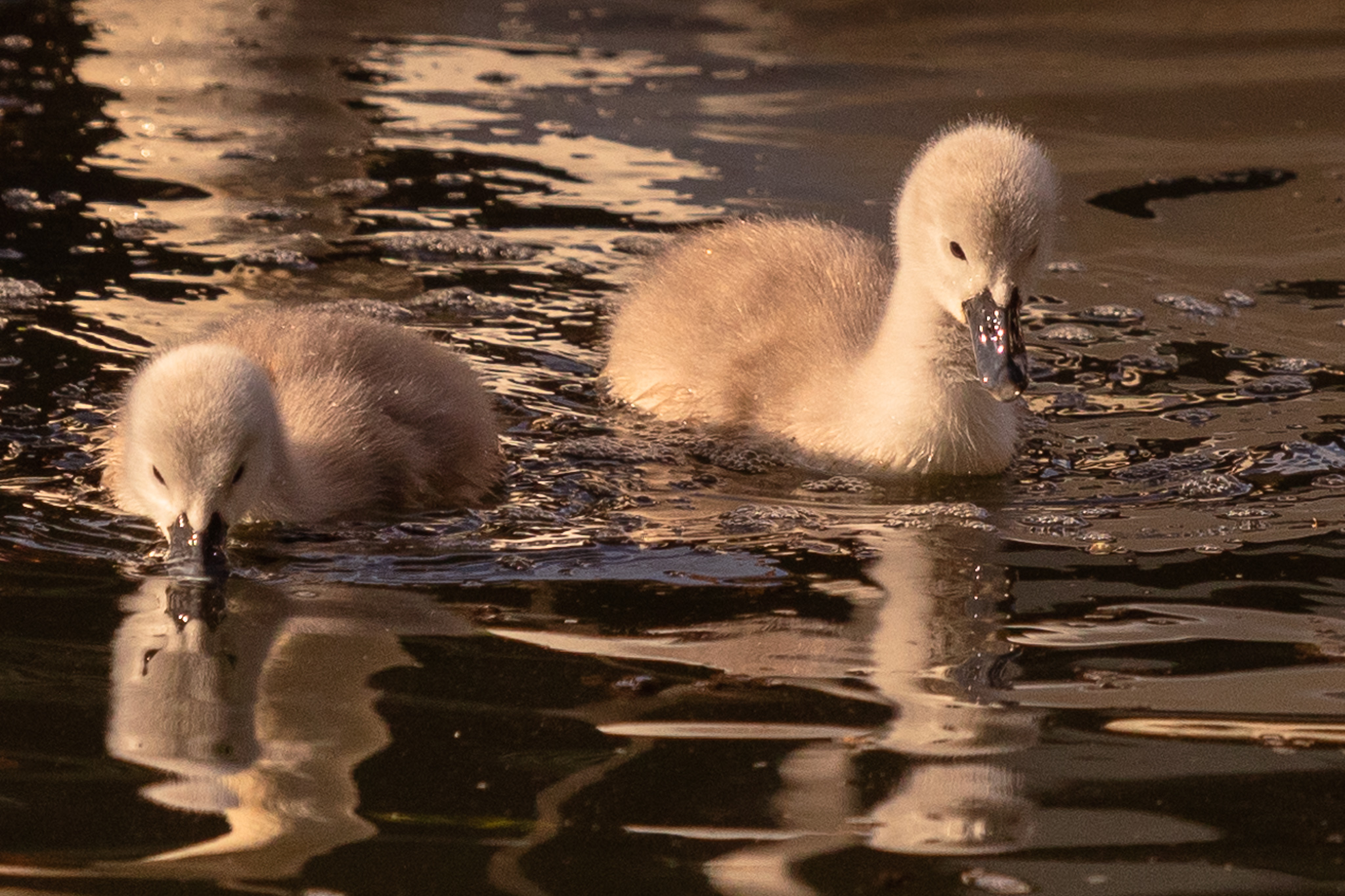My trusty 70D was getting a bit long in the tooth, and I was looking for a replacement. At the time, the 90D was the like-for-like replacement but there were two potential upgrade choices within my budget – the 5Div and the EOS R. Being a canny consumer, I did a lot of research into the pros and cons of each. Technically they were very similar to each other with the obvious exception that the EOS R was mirrorless and the 5D was a DSLR. Other than that though, if you looked at the numbers for each and the specs, they were largely in the same space. I talked myself into the R however because I felt that the DSLR as a platform was probably over (an opinion that has largely become a true fact in the intervening time). So a mirrorless body looked to be the future proof option, plus I expeccted the mirrorless body to be smaller and lighter than a full-frame DSLR.

The fact that this article is titled 5D mkiv and there’s a picture of my 5D mkiv right above this is something of a spoiler to this tale. I went to the camera shop to have some hands-on time with the EOS R. I’d used a friends 5Div previously so I had some experience with the ergnomics of that, but I’d never even seen, let along handled an EOS R before. The shop gave me their demo machine and I walked about outside with it for a while. And I hated it. Everything felt wrong, I had to look at the camera to see what I was adjusting, the touch bar on the back was deeply annoying, and the camera was still big and heavy compared to my 70D. I went back inside and asked to look at a 5Div and everything just felt right again. It felt like my 70D. The only thing I missed was the articulating rear screen. That was actually more of an issue than I expected, but overall I’ve been delighted with the camera since I bought it.
The 5Dmkiv is the latest and almost certainly the last model in the professional 5D line. It’s aimed at working photographers who need a reliable generalist workhorse and don’t need the mega resolution or the machine-gun framerate of the 1D variants. Its 30MP sensor might seem a little pedestrian in these days of ultra resolution monsters but it’s more than enough for most purposes unless you need extreme crops or huge files for some reason. Mine is a grey market import from Singapore that I bought in Bangkok. It was bundled with the 24-70mm F/4L lens and I bought a 70-200mm f/4L as well. Since then I’ve added a Helios 85mm f/1.5, a Sigma 150-600mm, and a 50mm f/1.4 to round out the lens library.
Using the camera is a lovely experience. The camera performs and does what I need it to do every time. Controls are where I expect them to be, autofocus is fast and accurate, the burst mode growls like a sewing machine, and it just works. Which is why it was the favaoured tool of many photographers for four iterations.

My gripes with it are mostly to do with the size and bulk of the thing. It is not a small camera, and the lenses are also large and heavy in general. As Isaid before I do miss the articulated rear screen of my 70D, but I guess the assumption is that if you are using the camera like that you’d probably have it connected to an external monitor. The .cr2 files it cranks out are big but manageable and I love the amount that I can rescue underexposed images in post. It’s totally possible to recover usable detail from pure black in the raws.
These days I’m using it a bit less as I find myself doing a lot more film shooting. I still do bring it out for shoots and for occasional trips but the size and weight make it a hard sell if I’m planning to travel light. I find myself looking longingly at the R5 as a potetntial upgrade from this, but honestly, the 5Div is more than enough camera for me.

